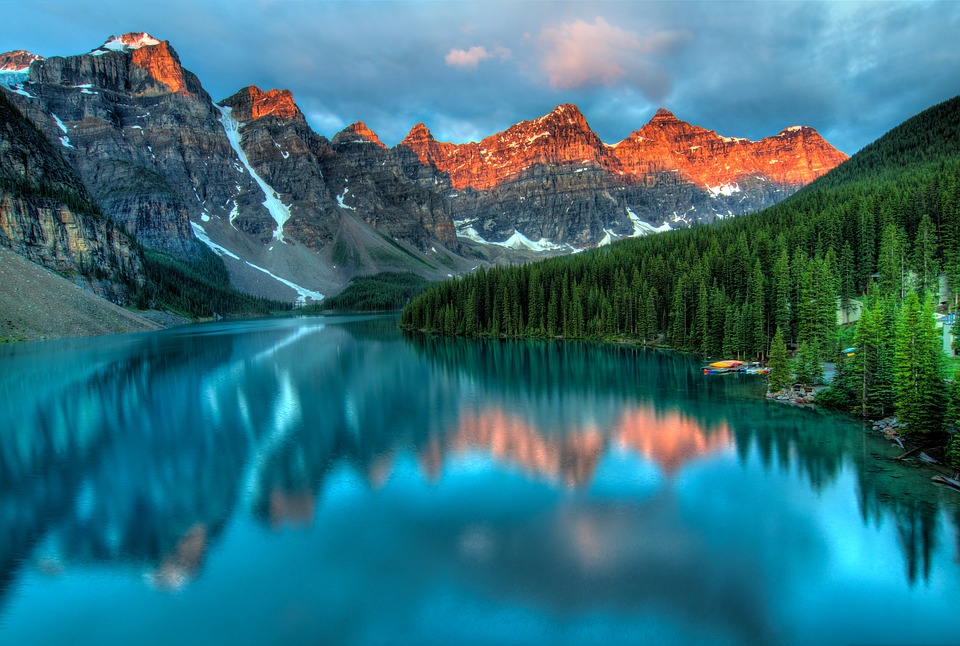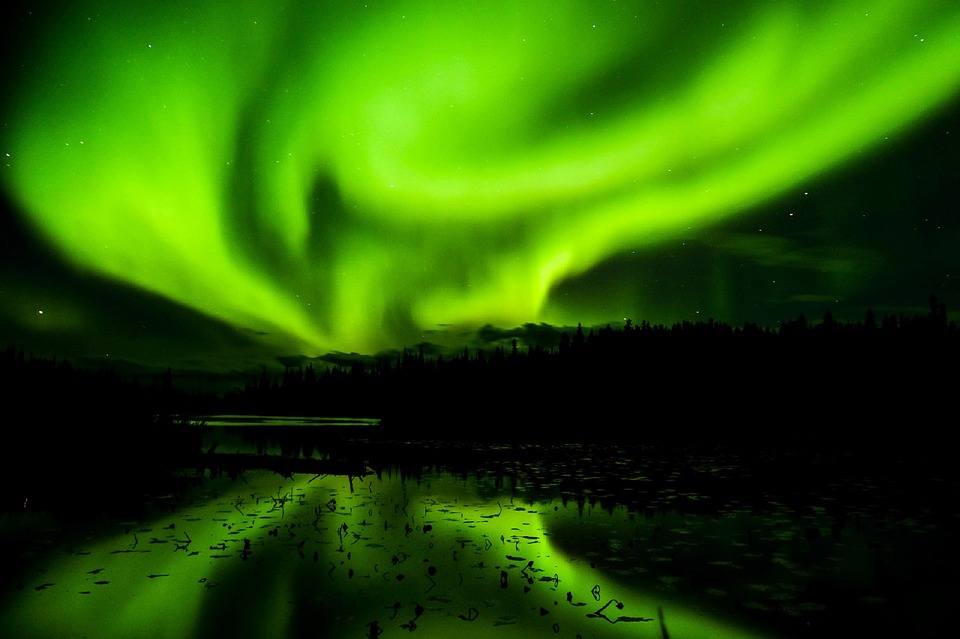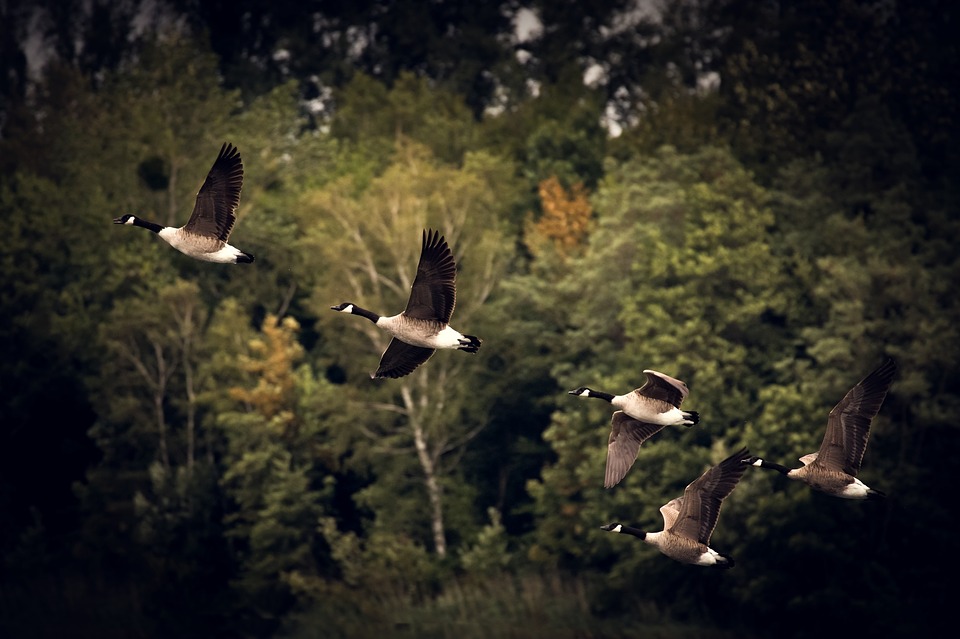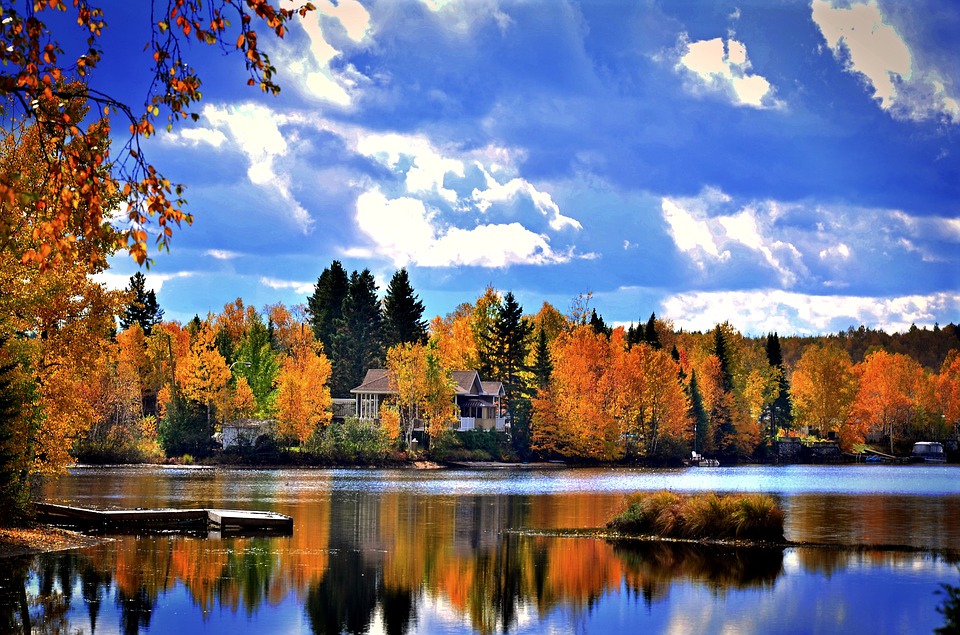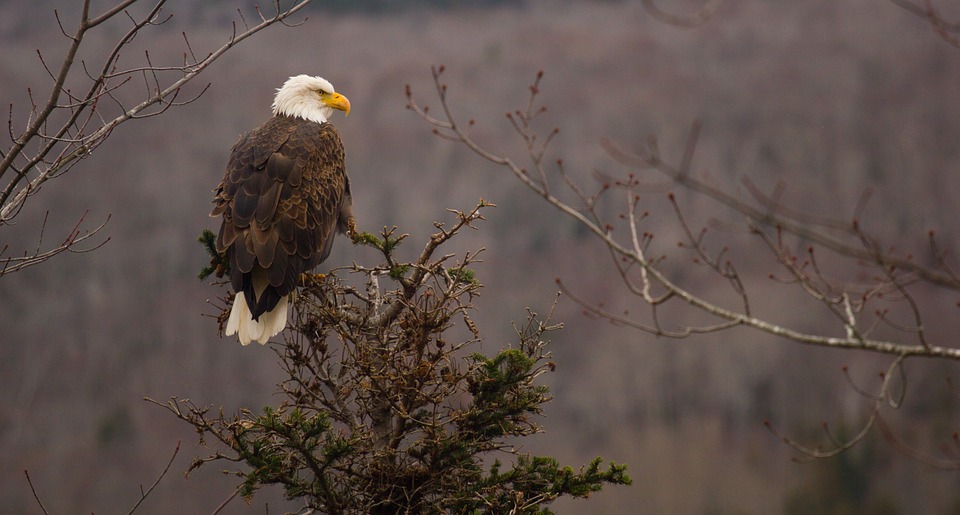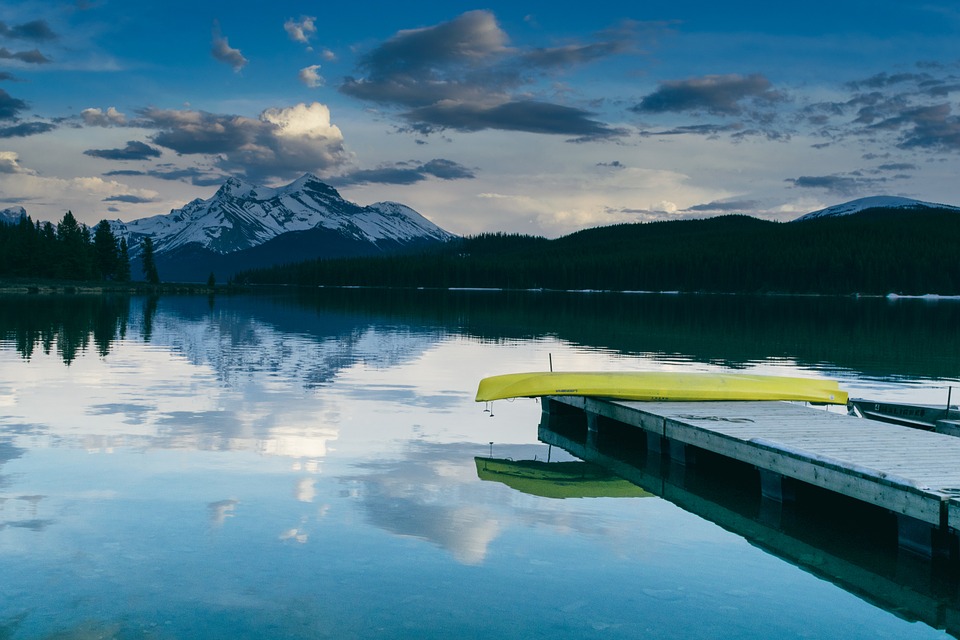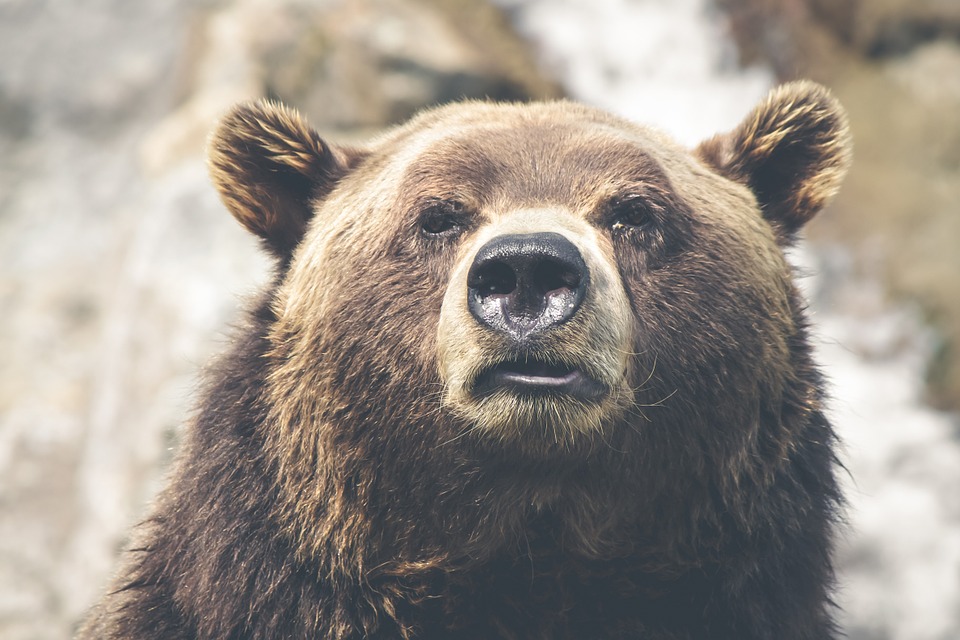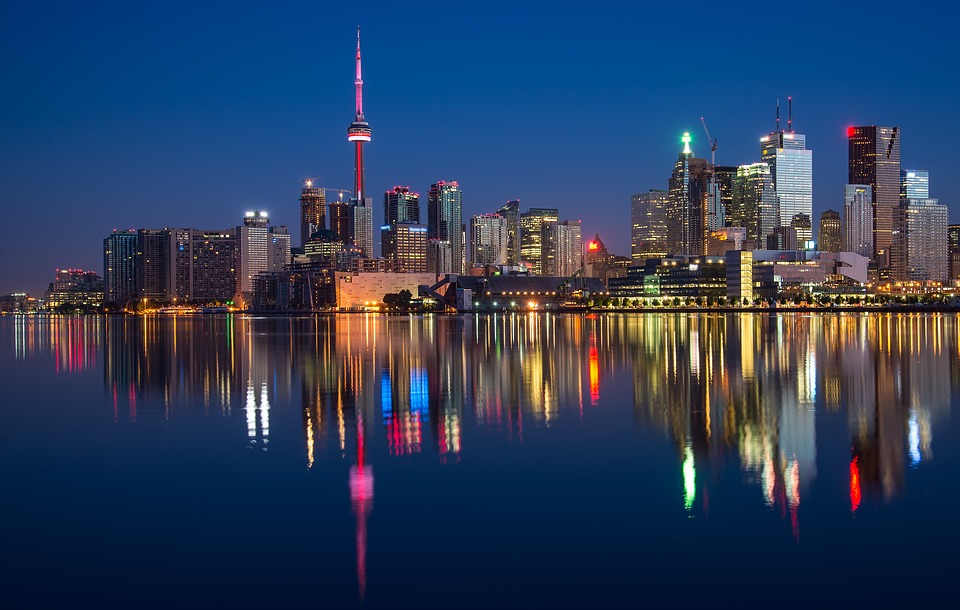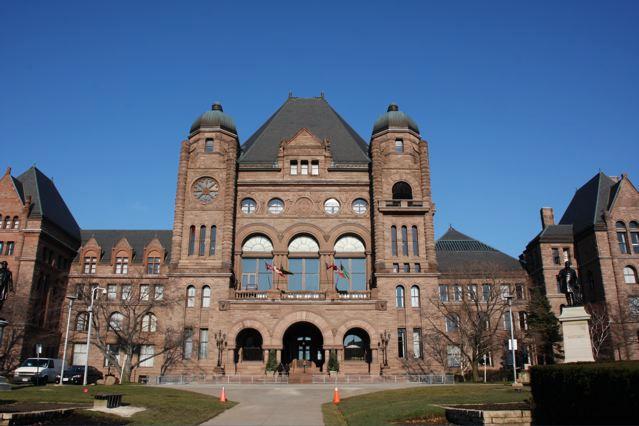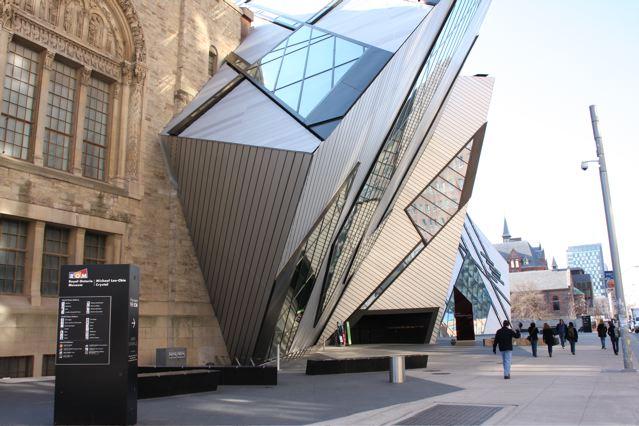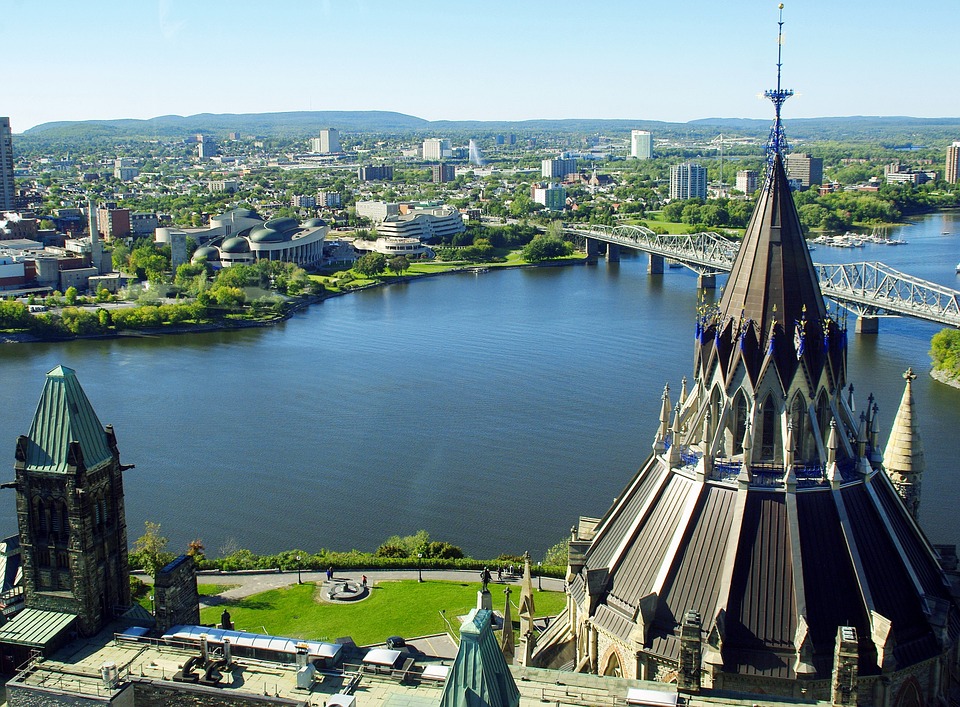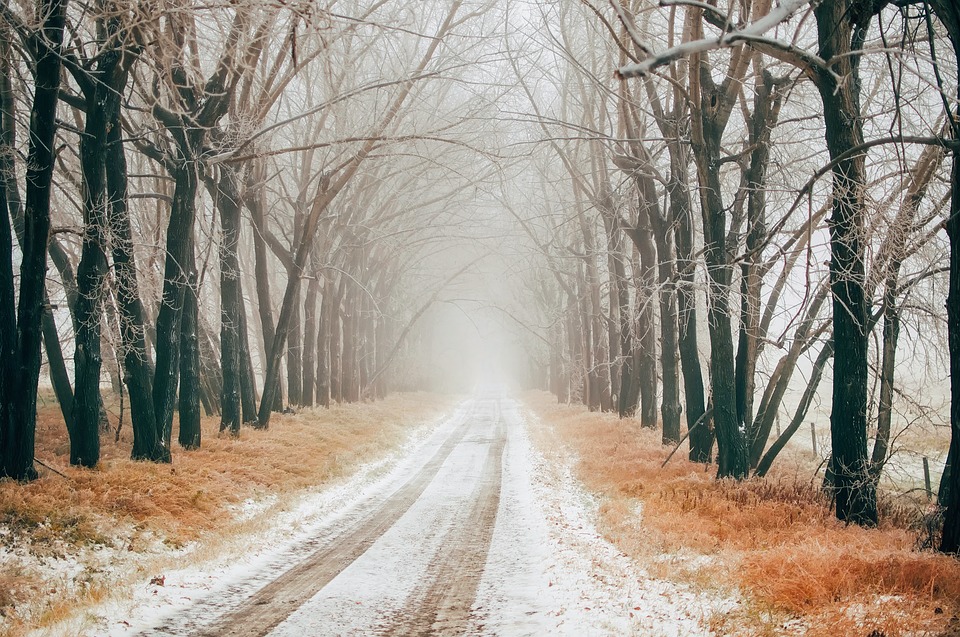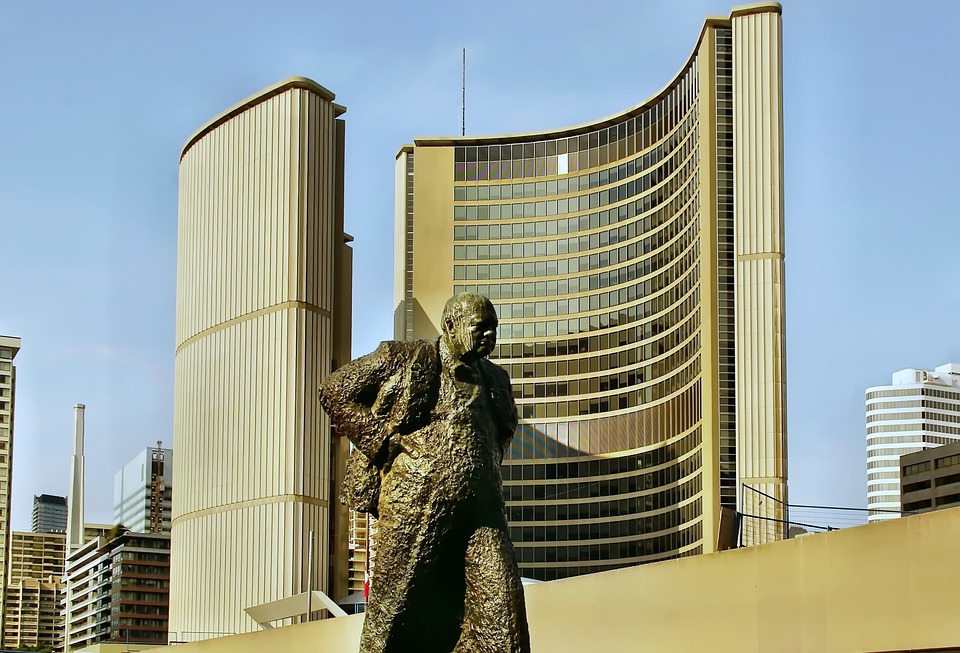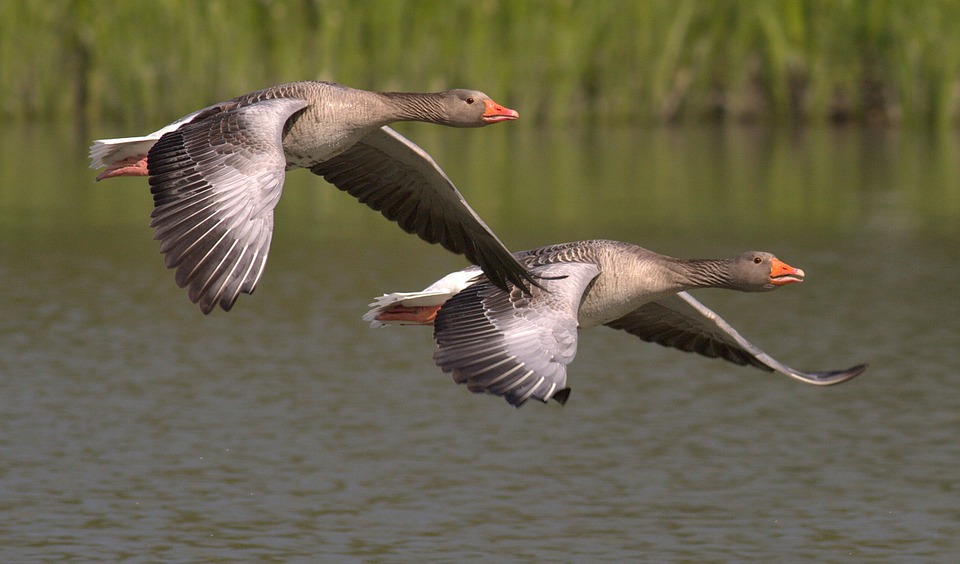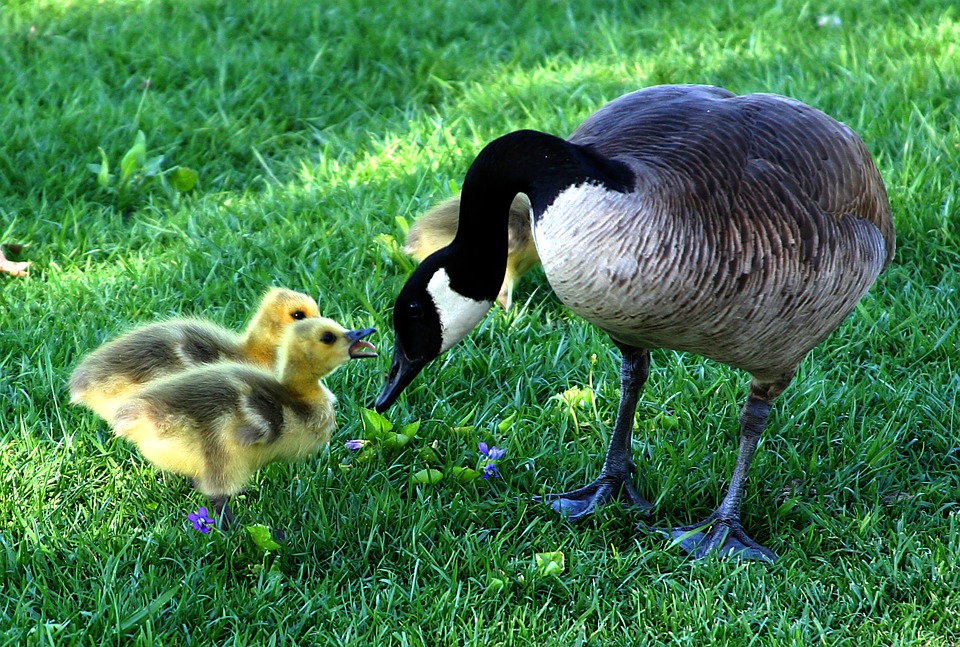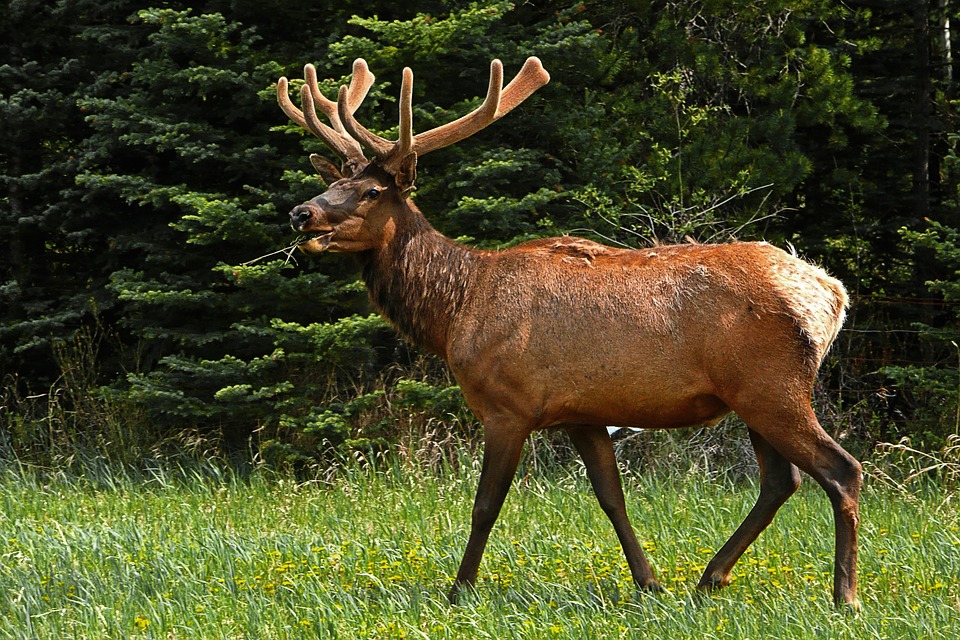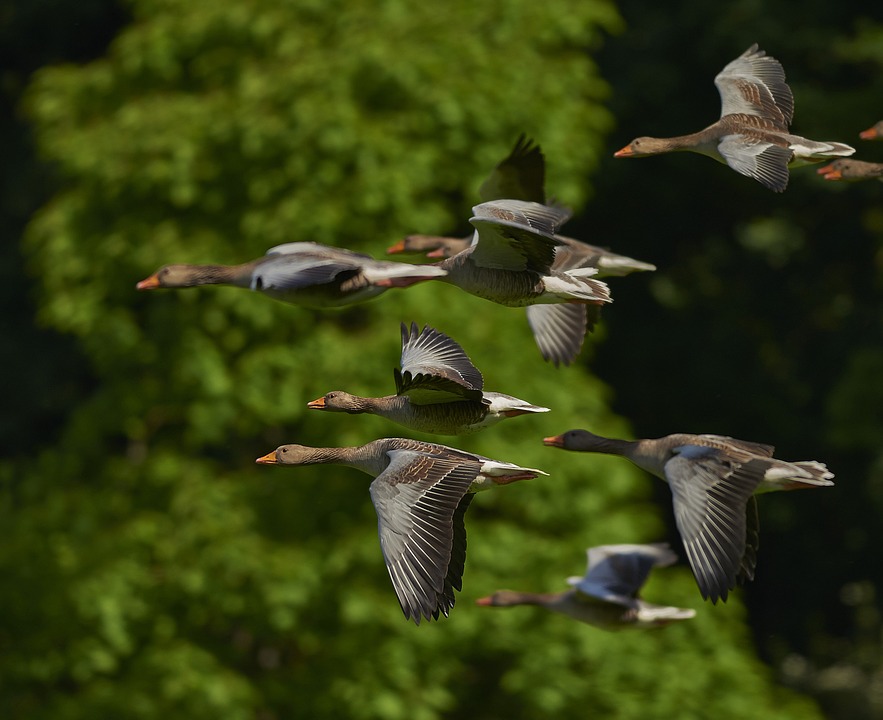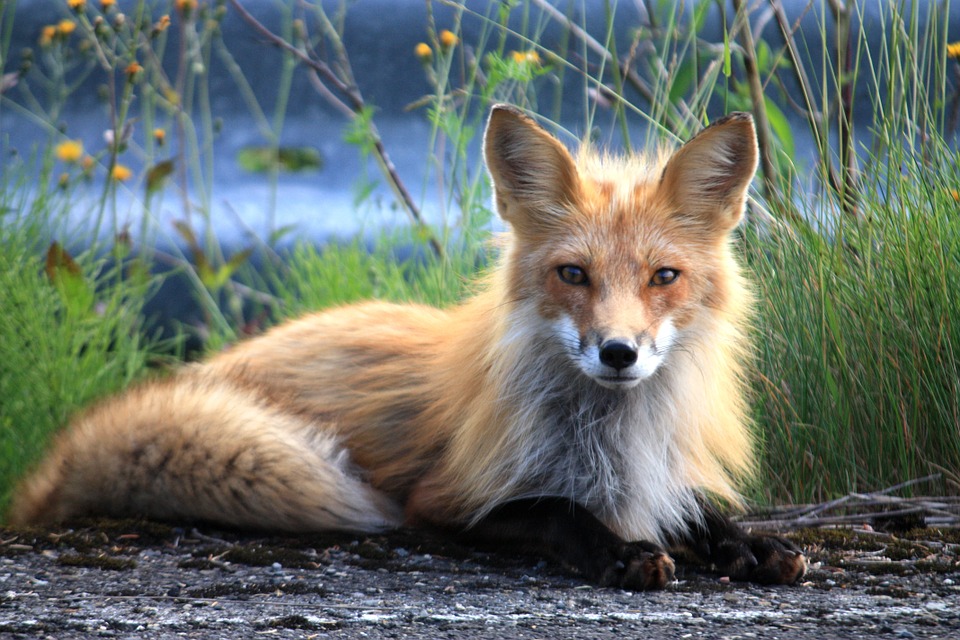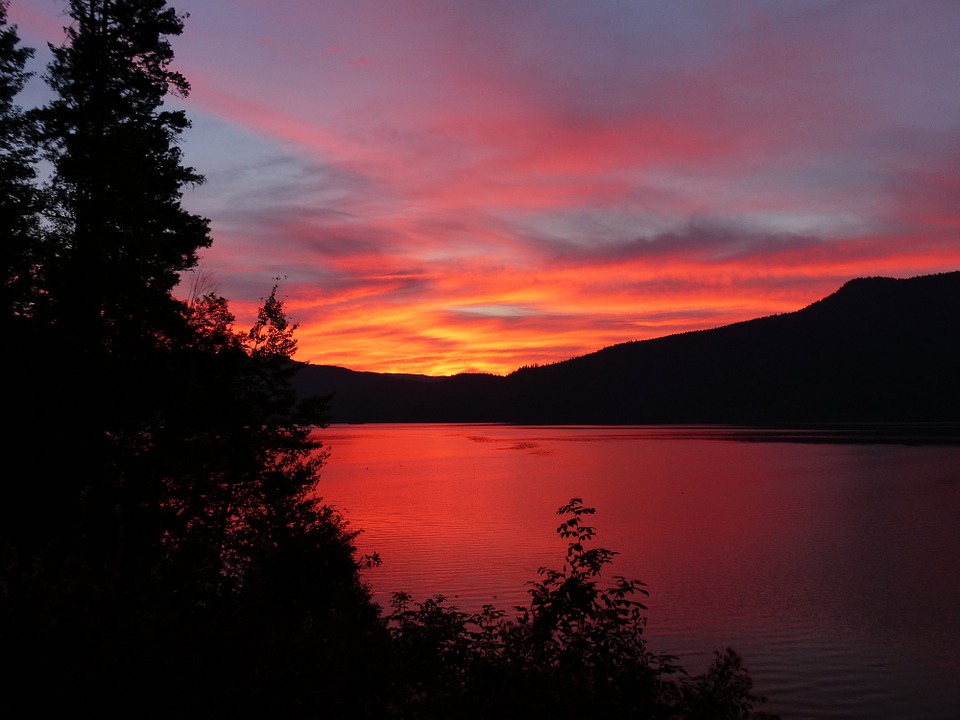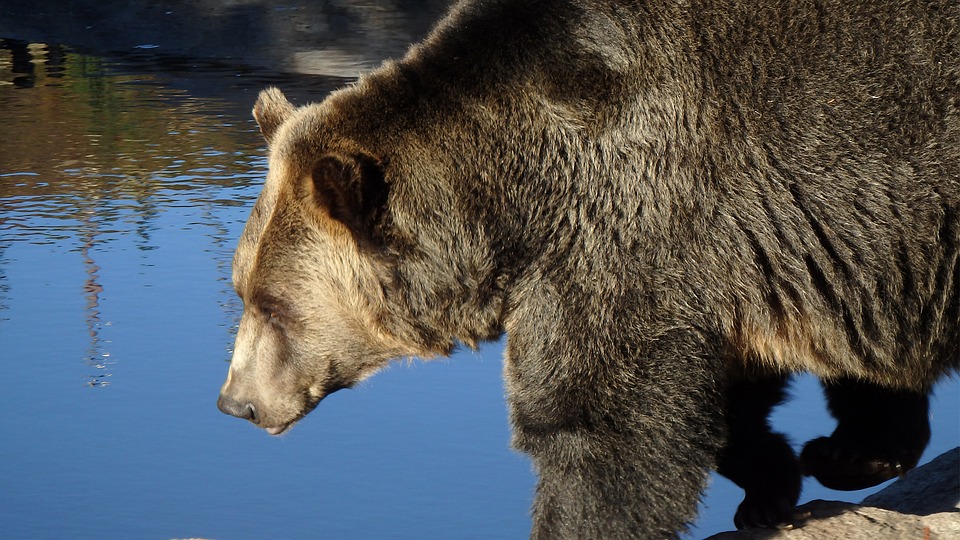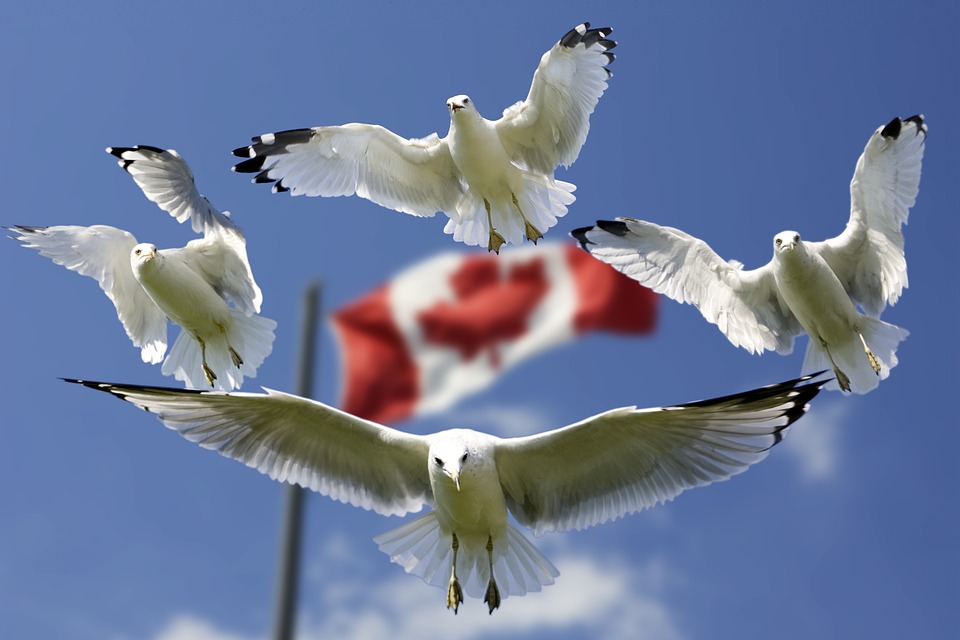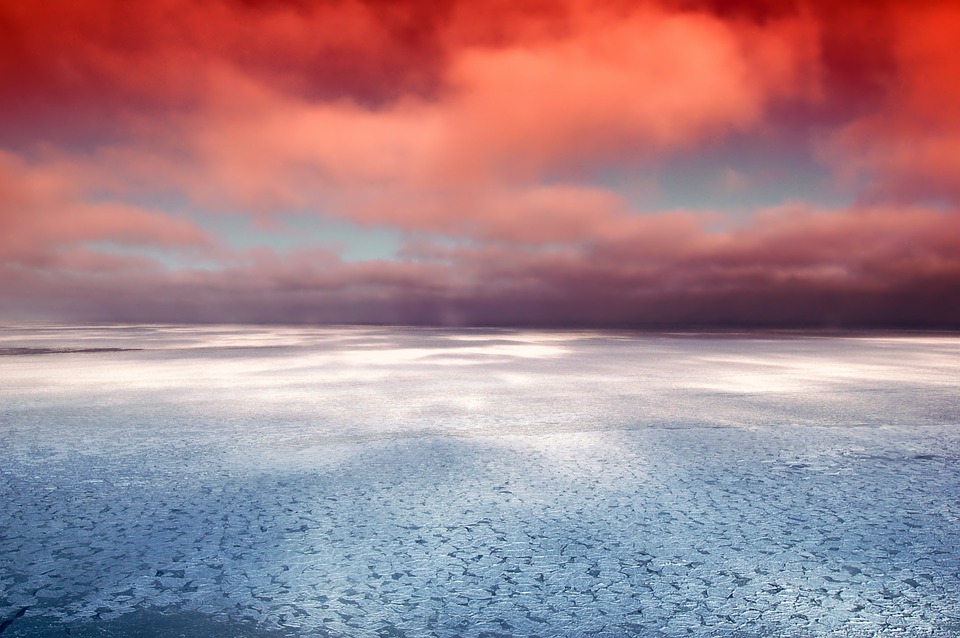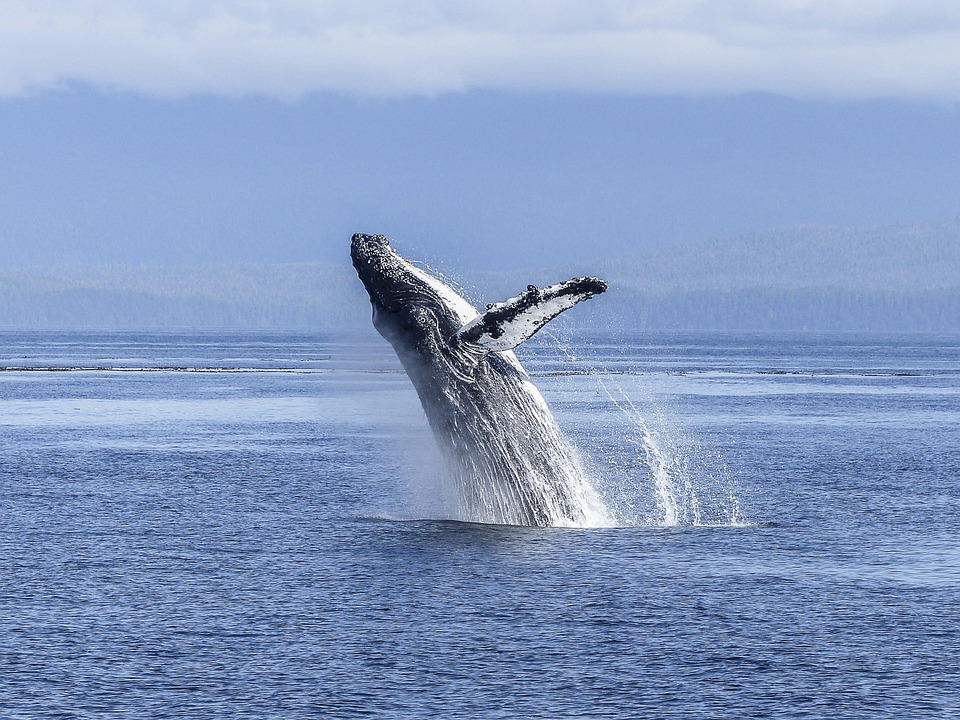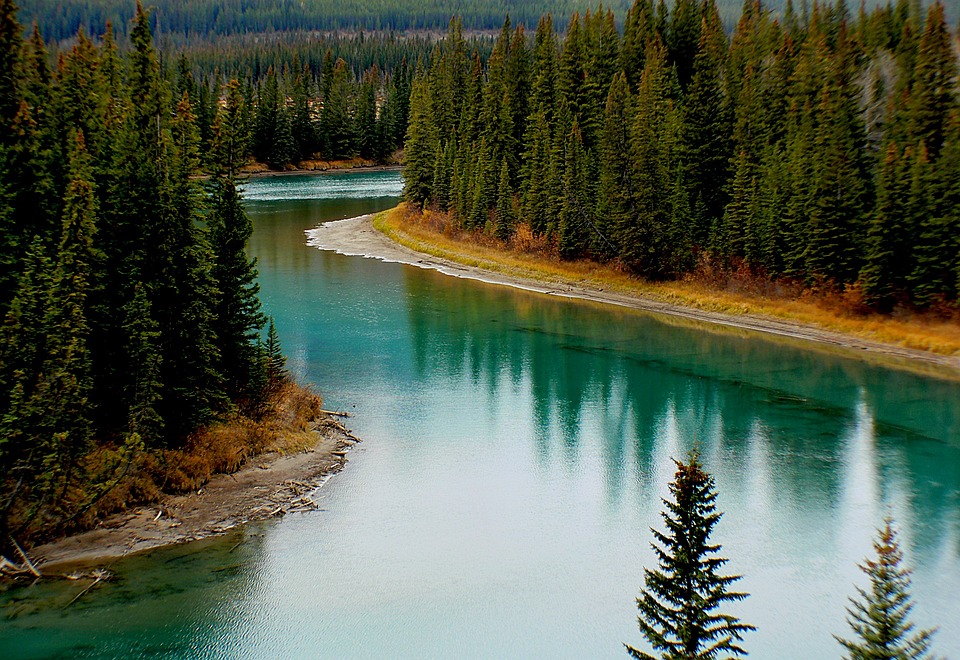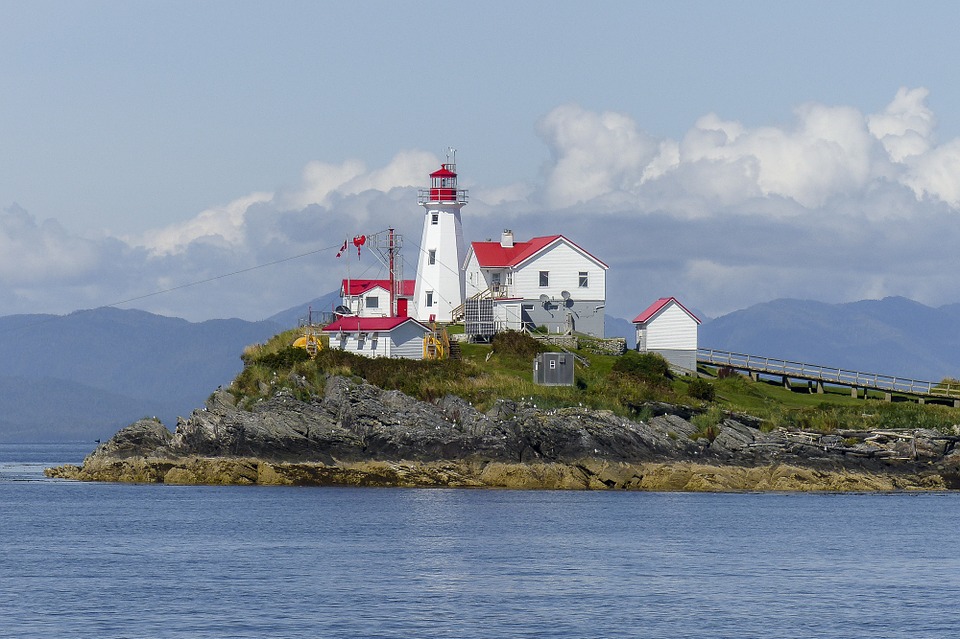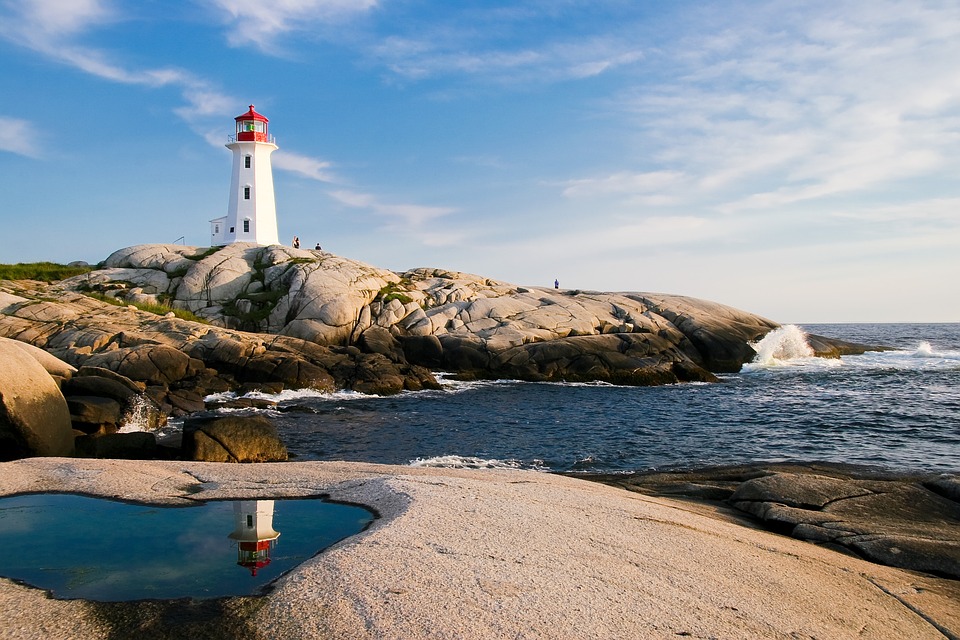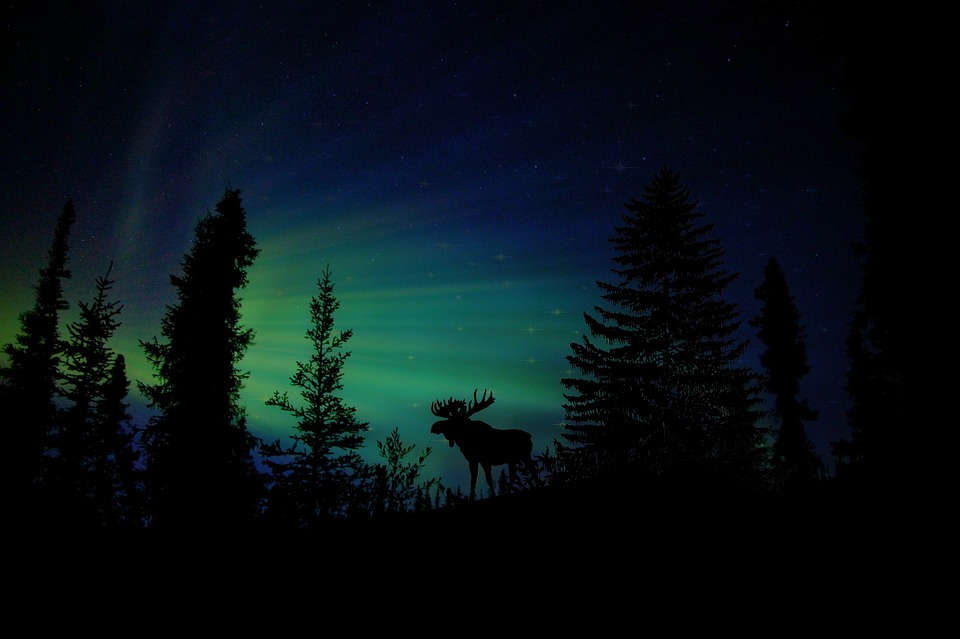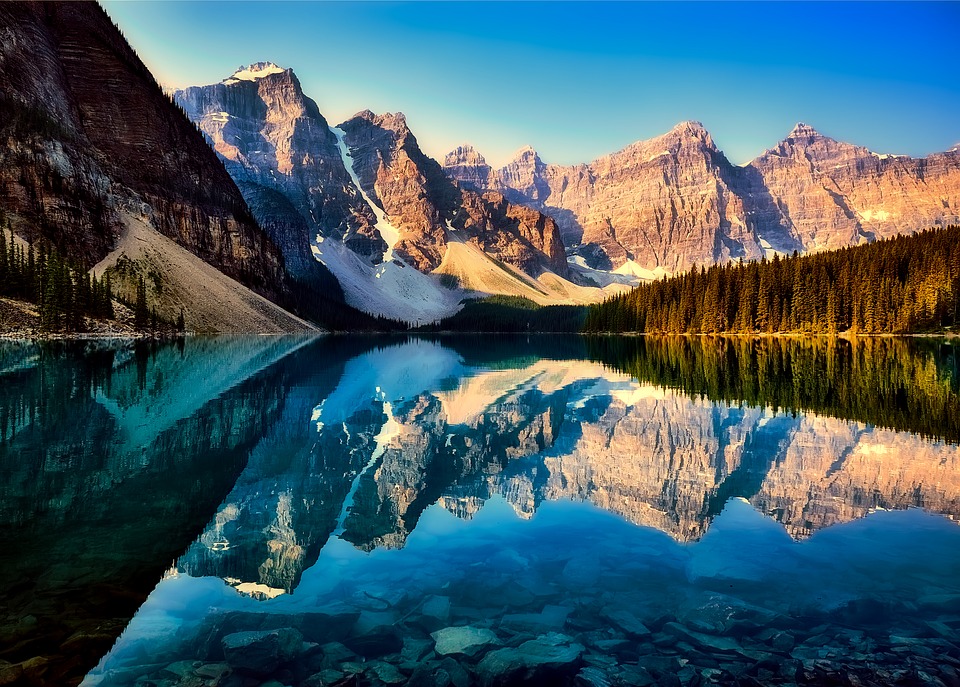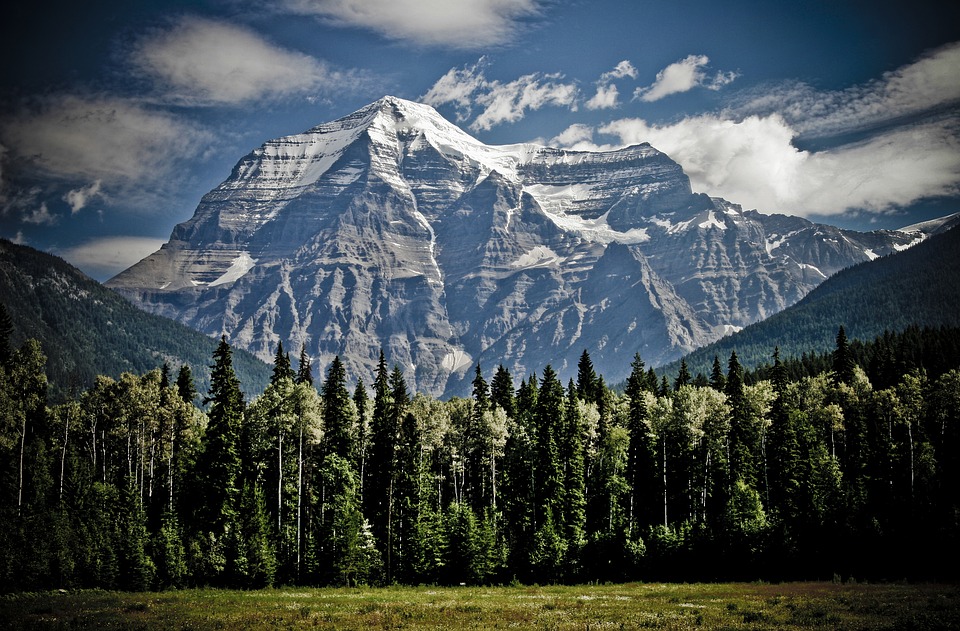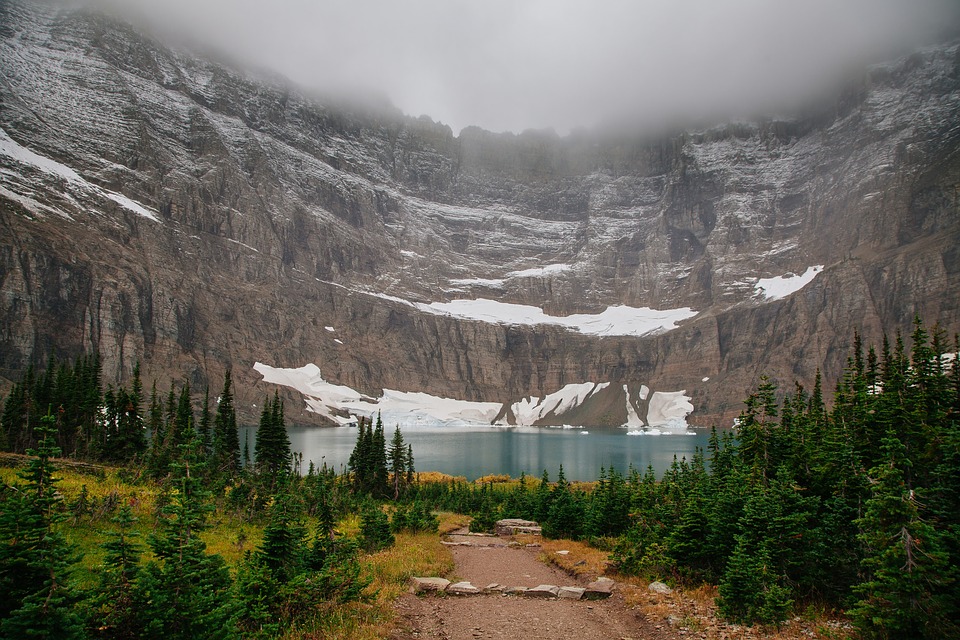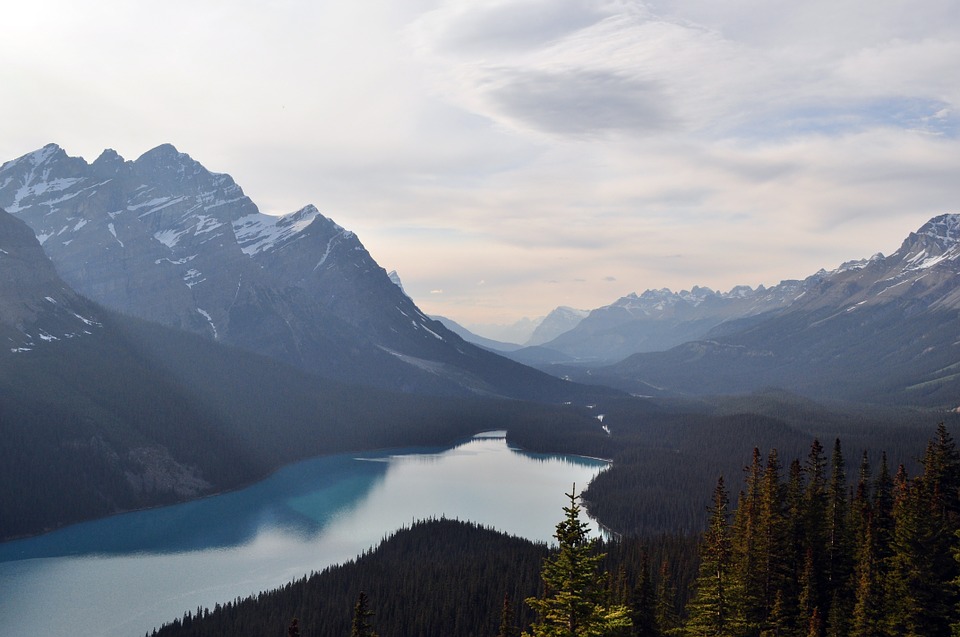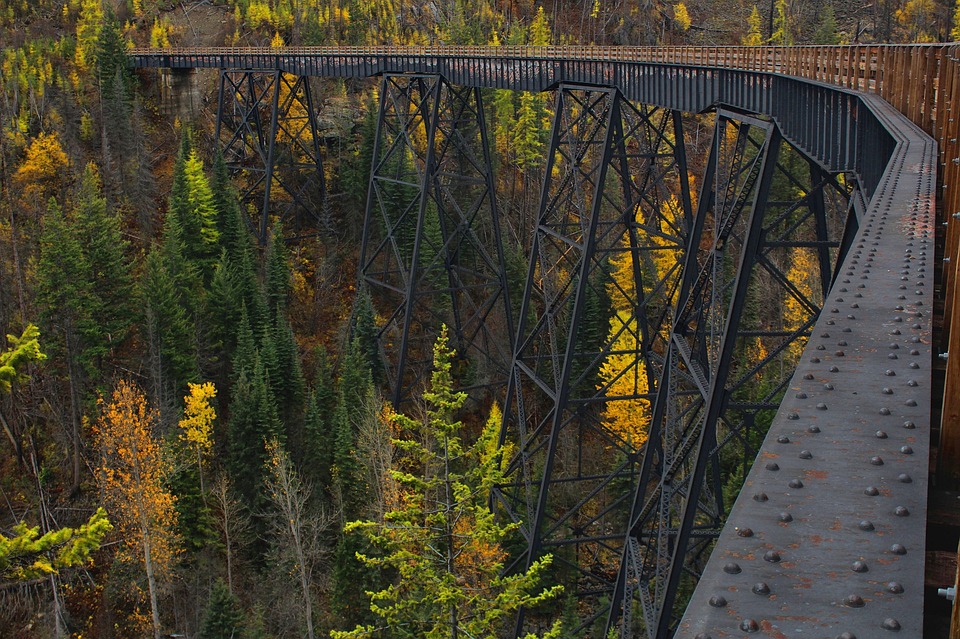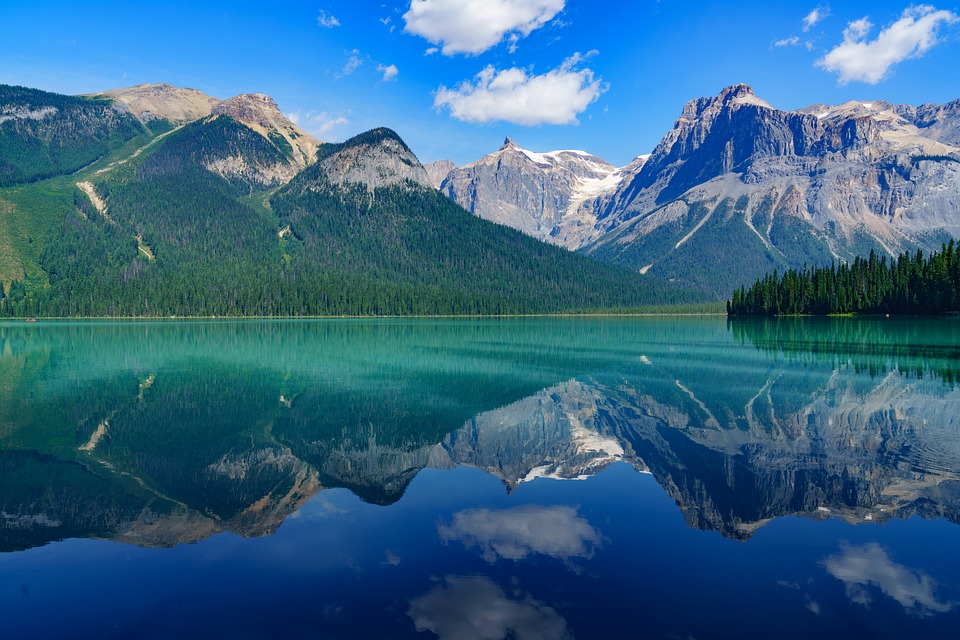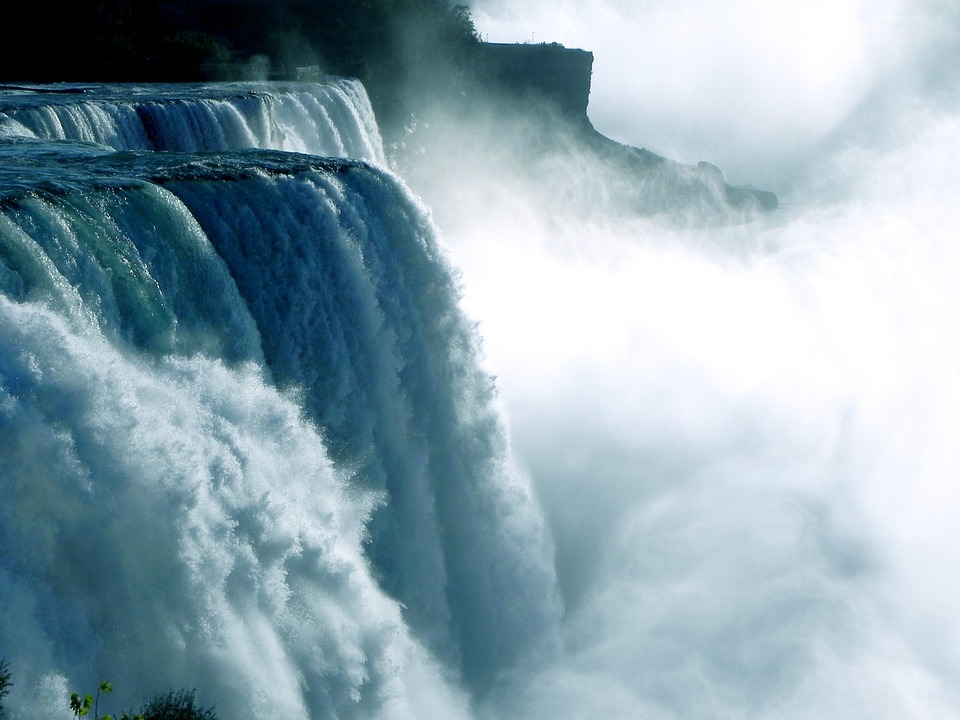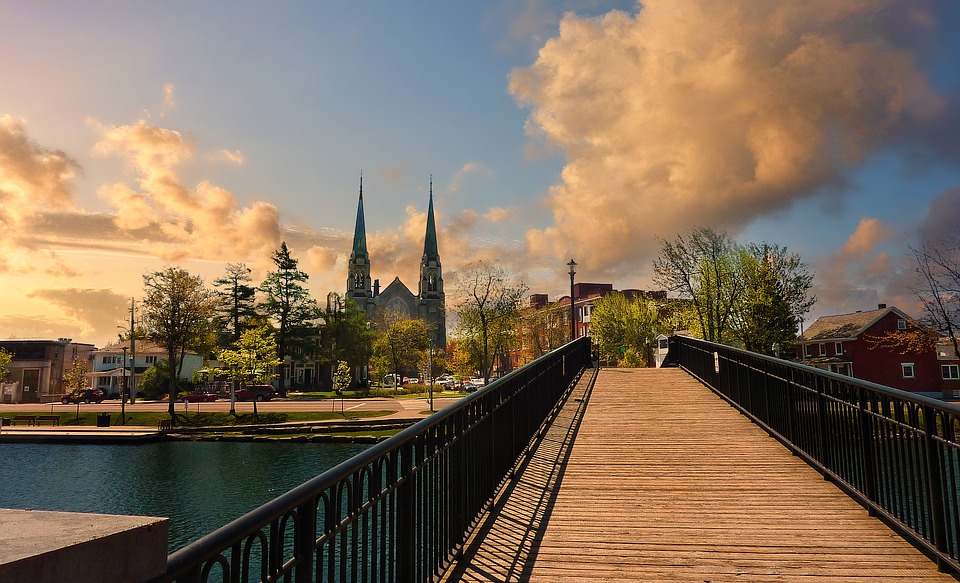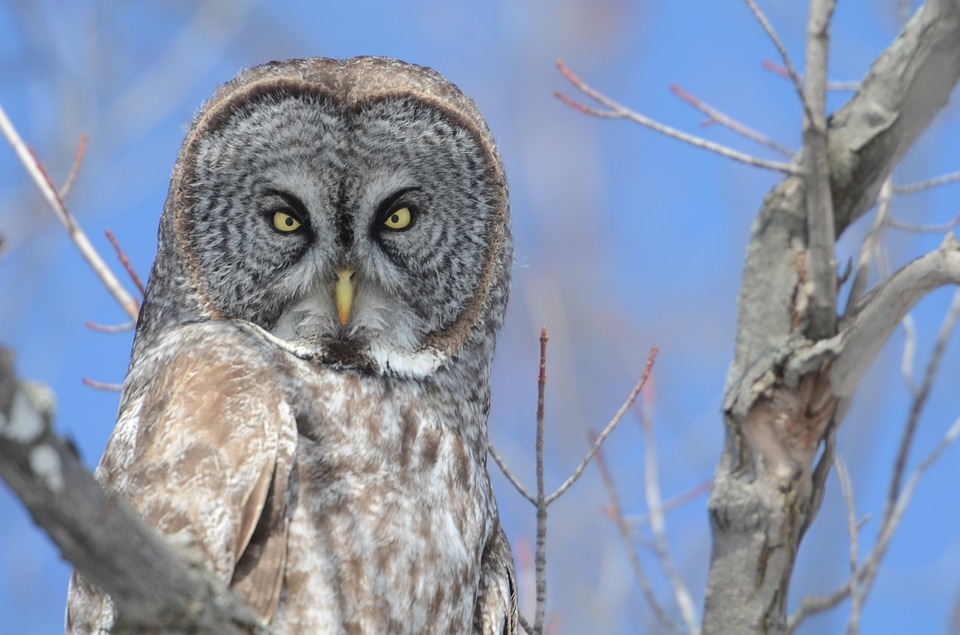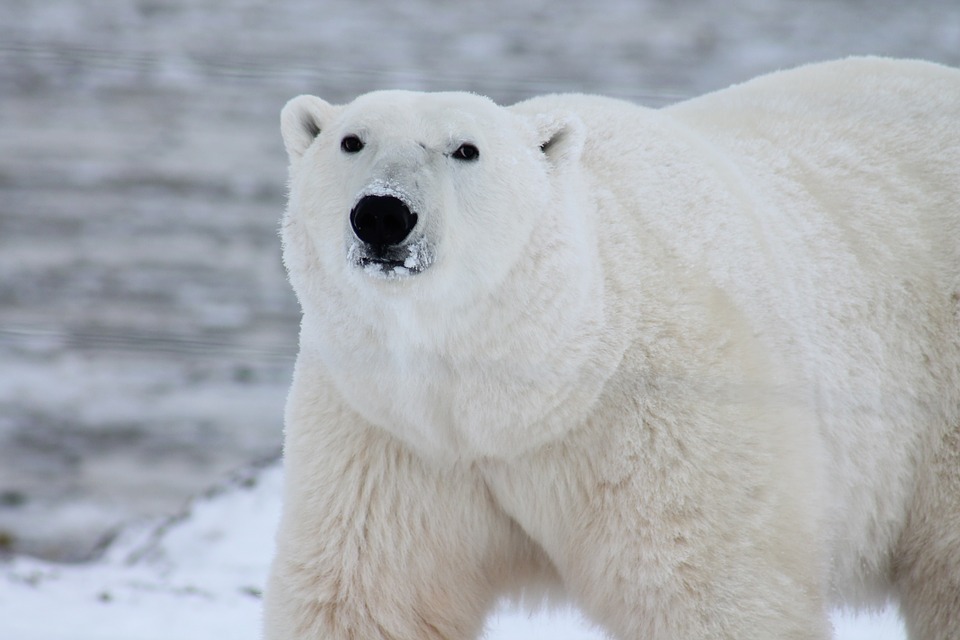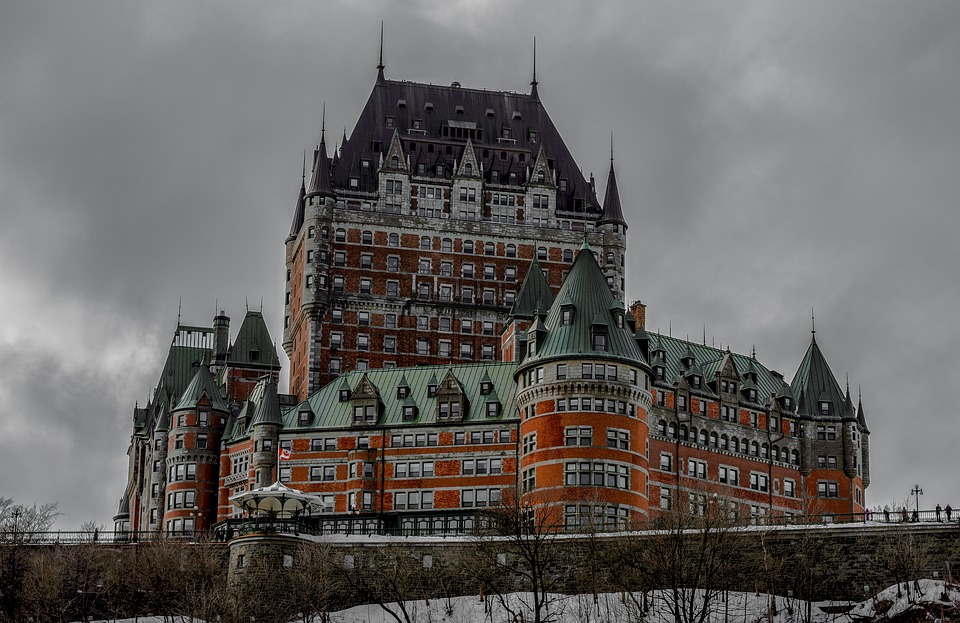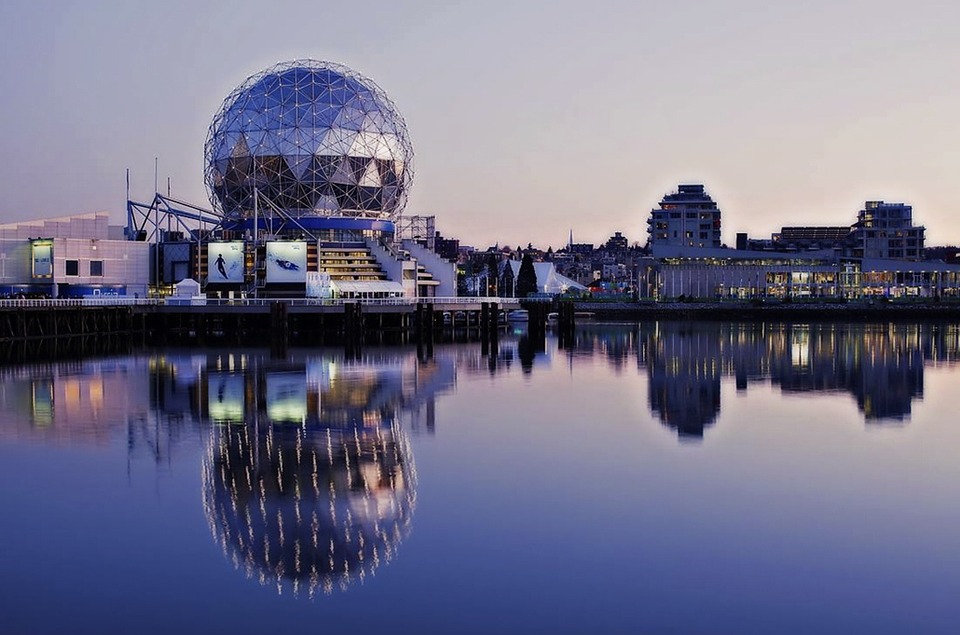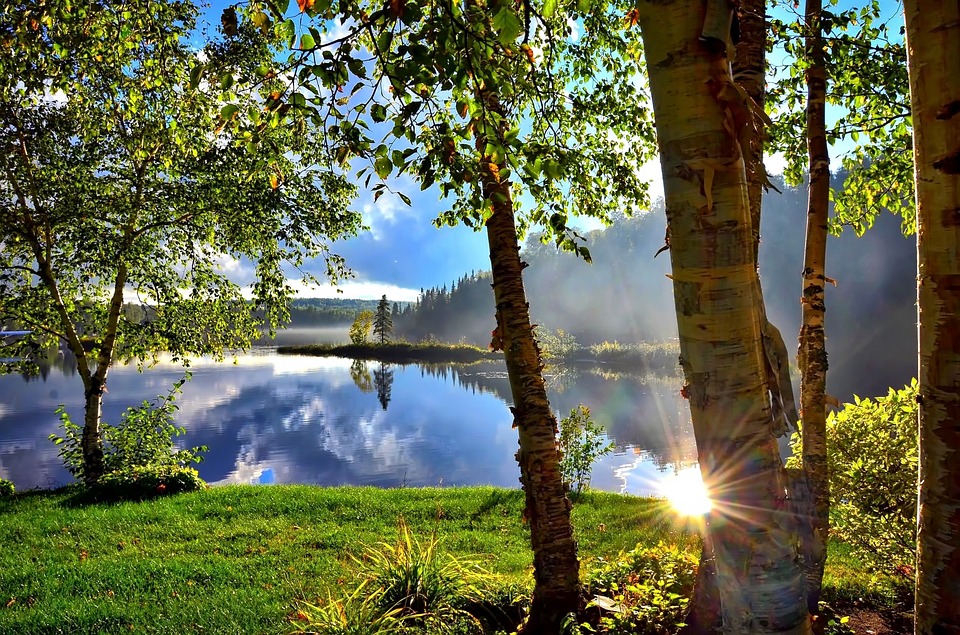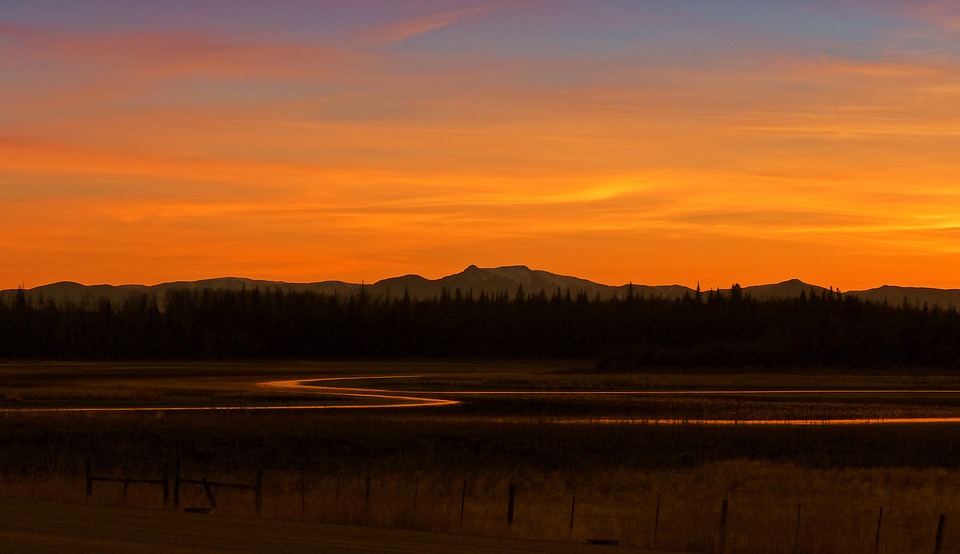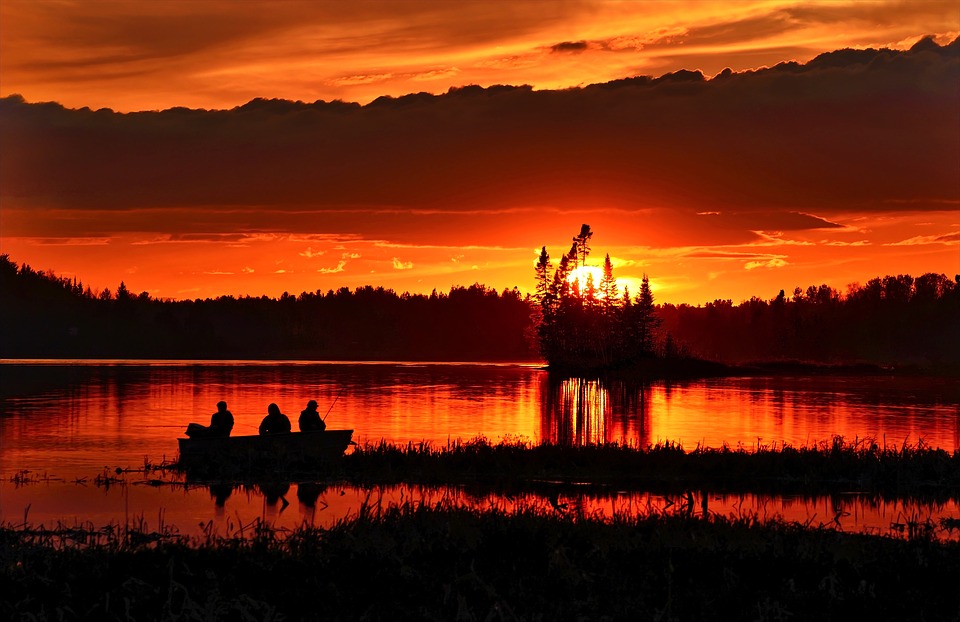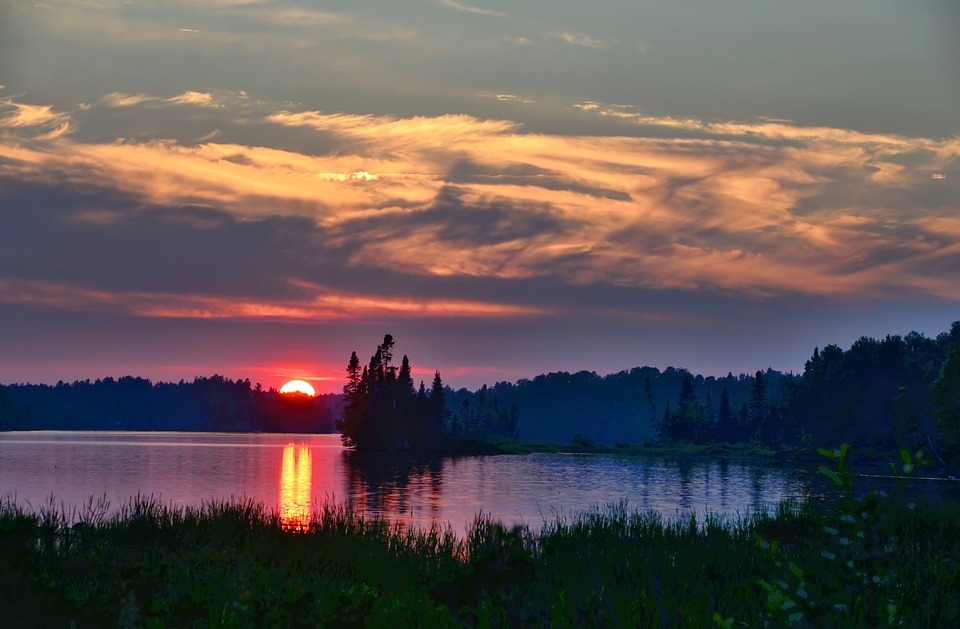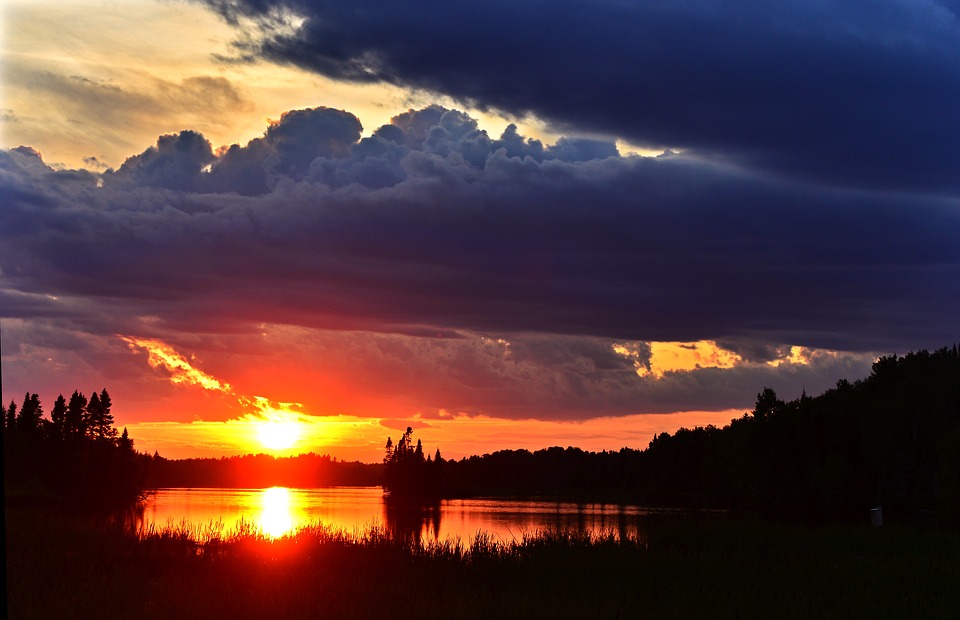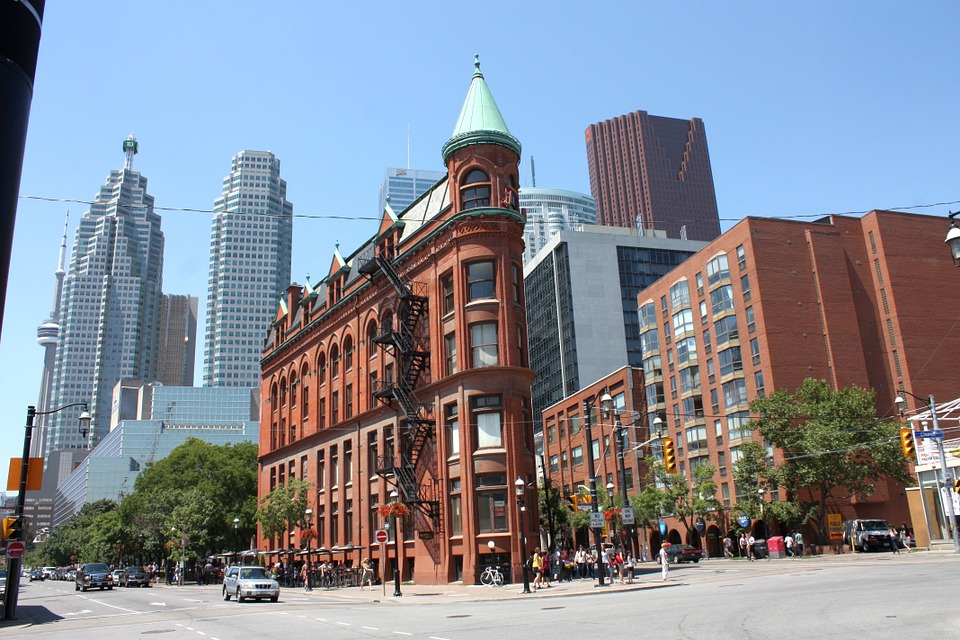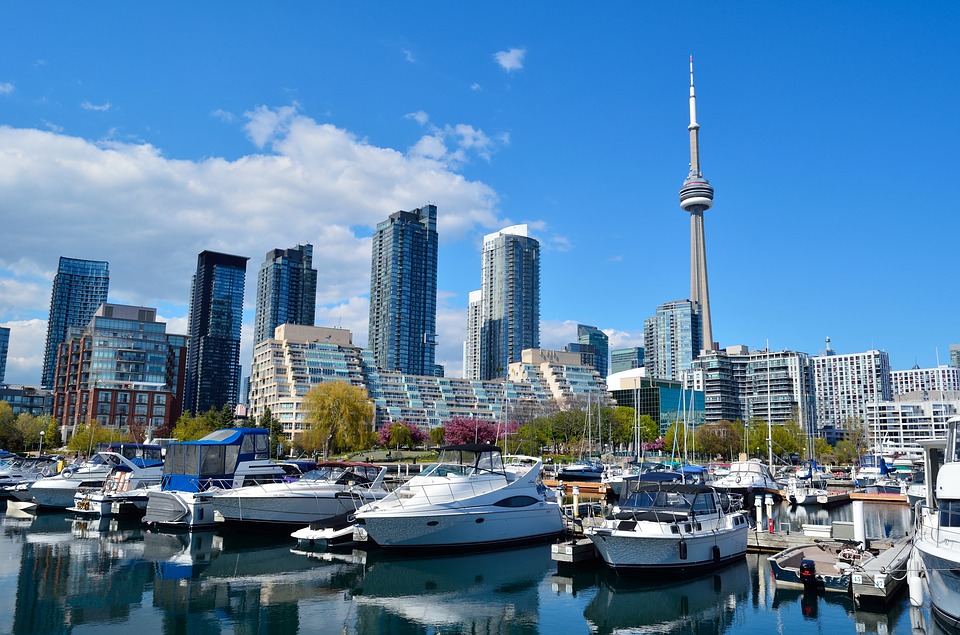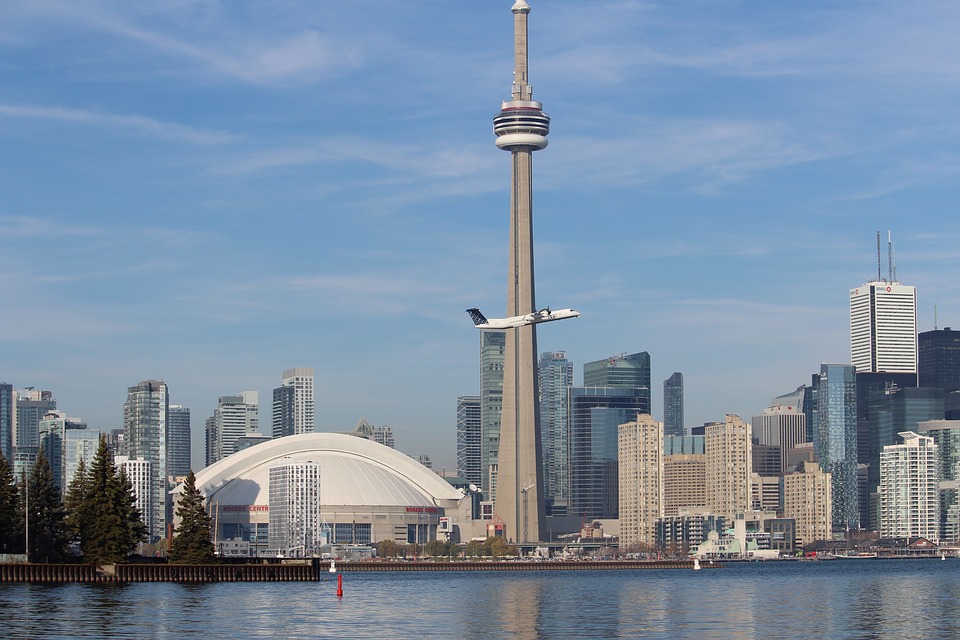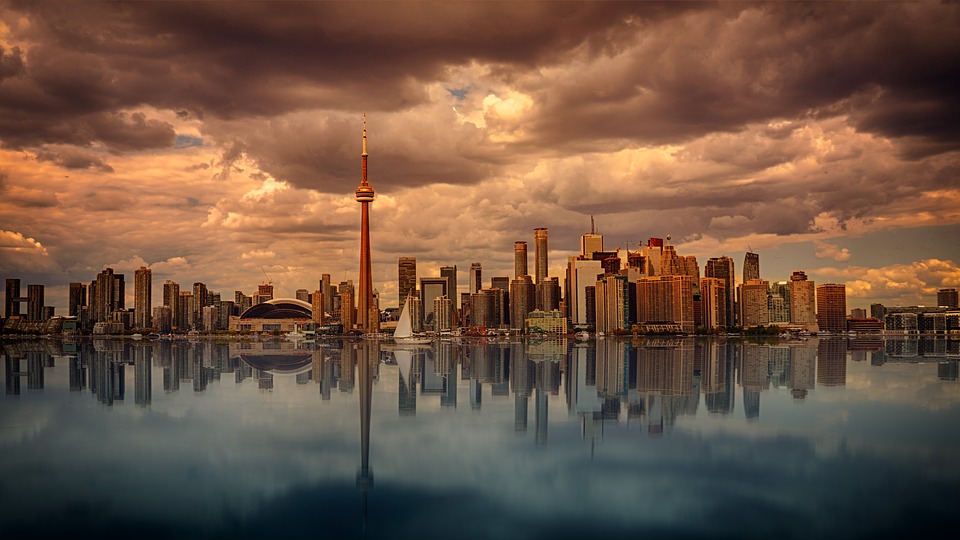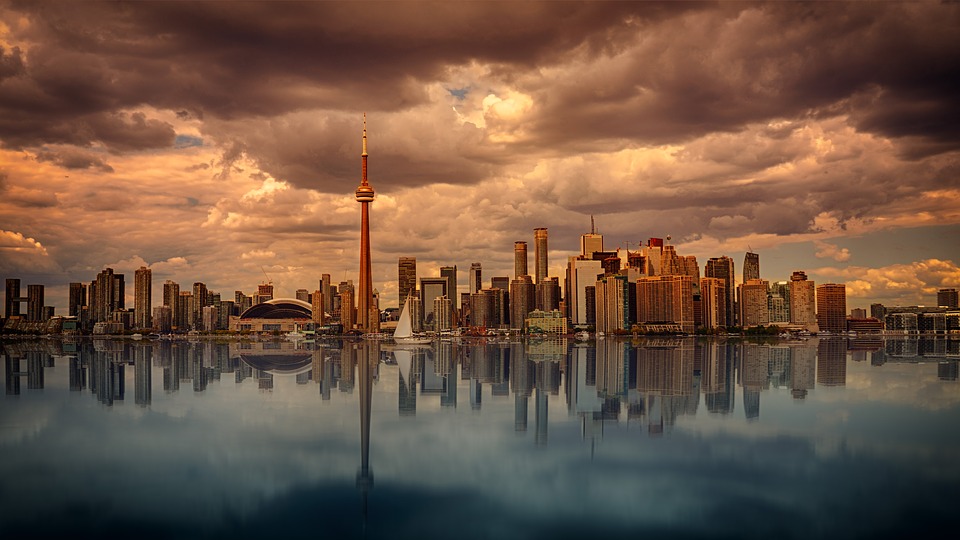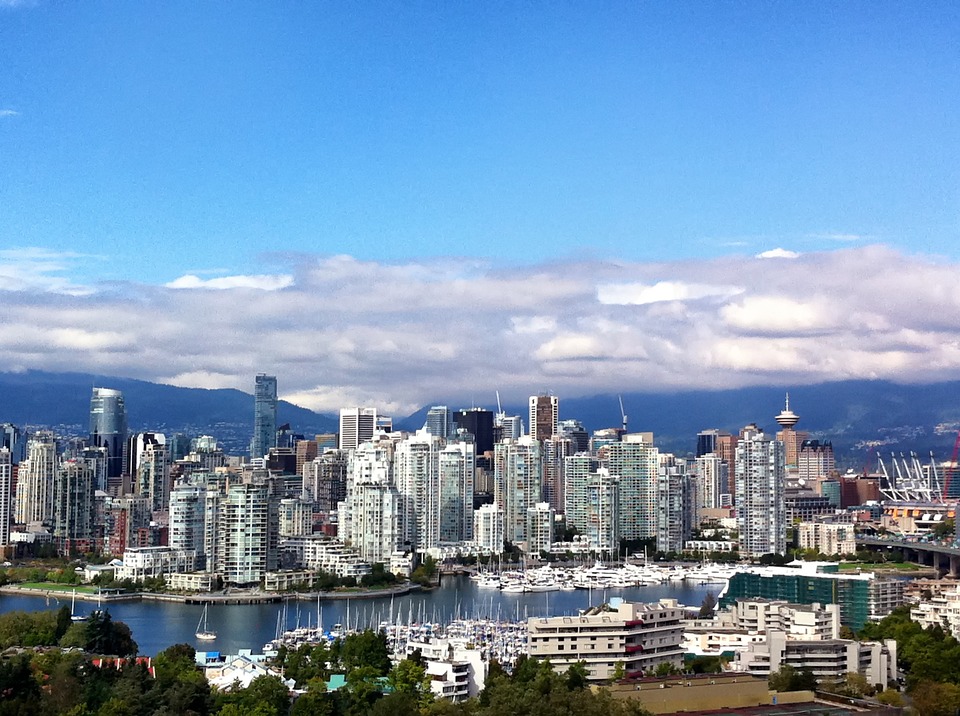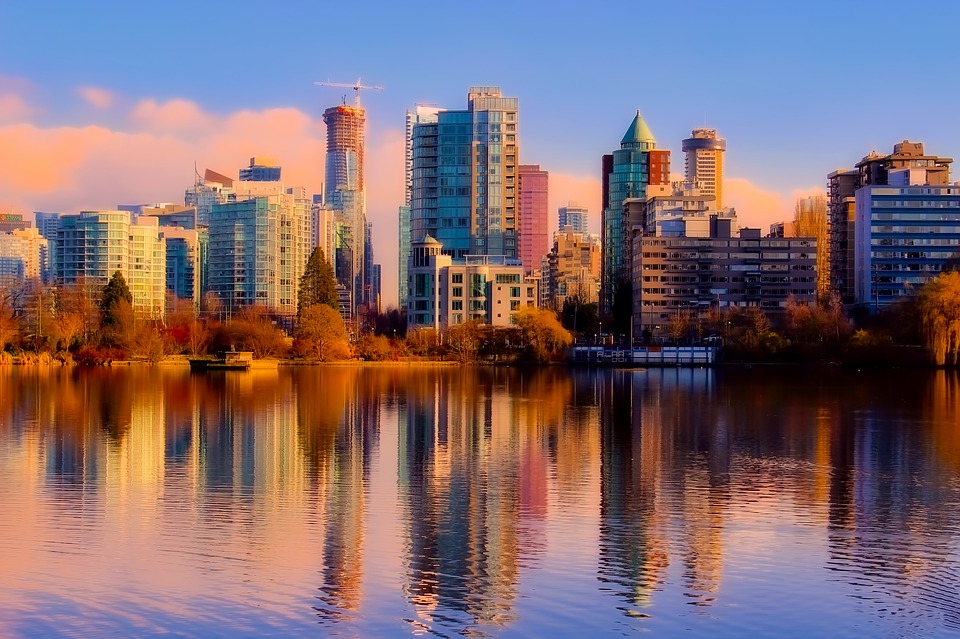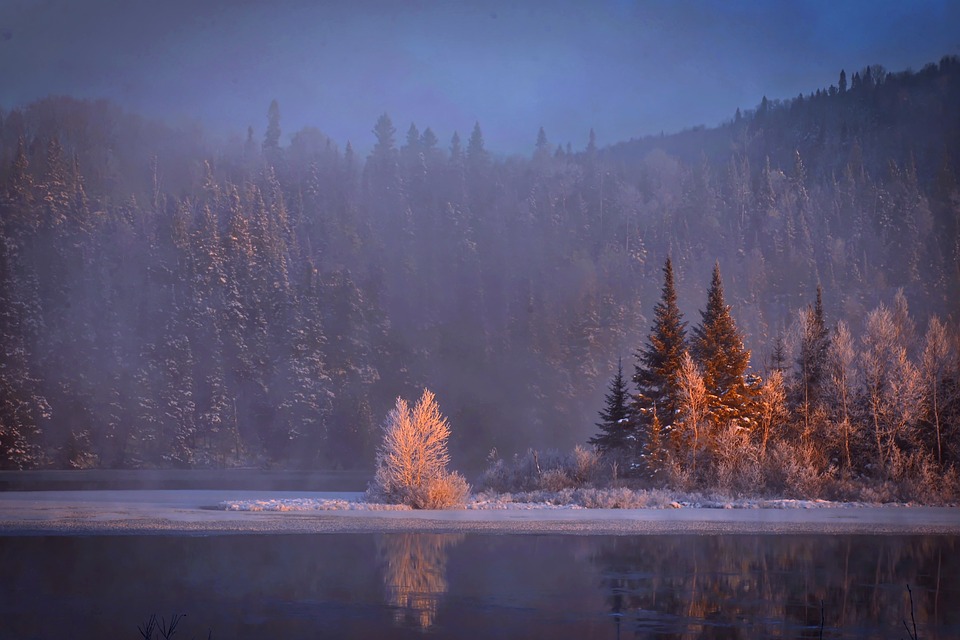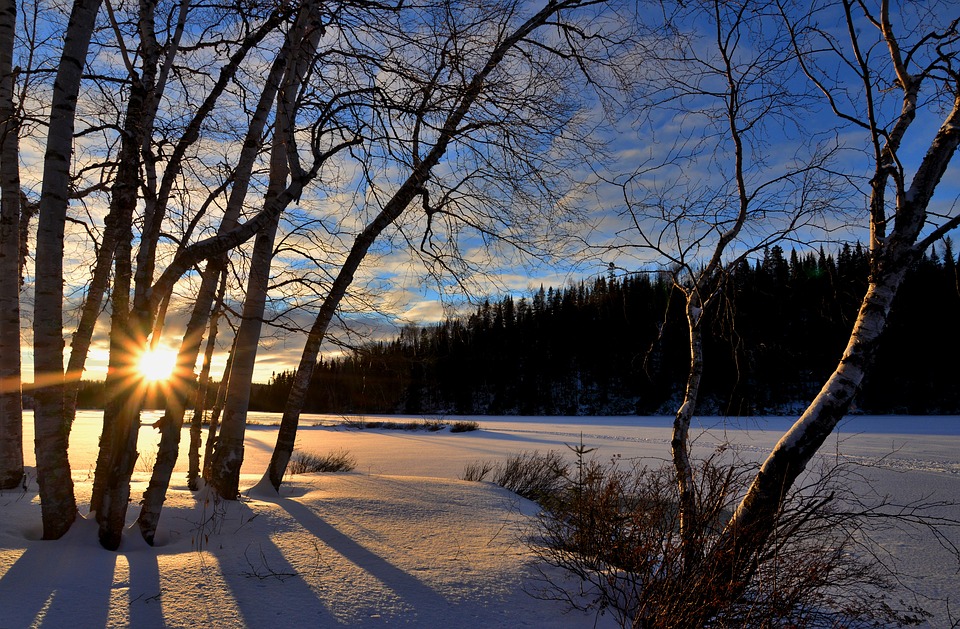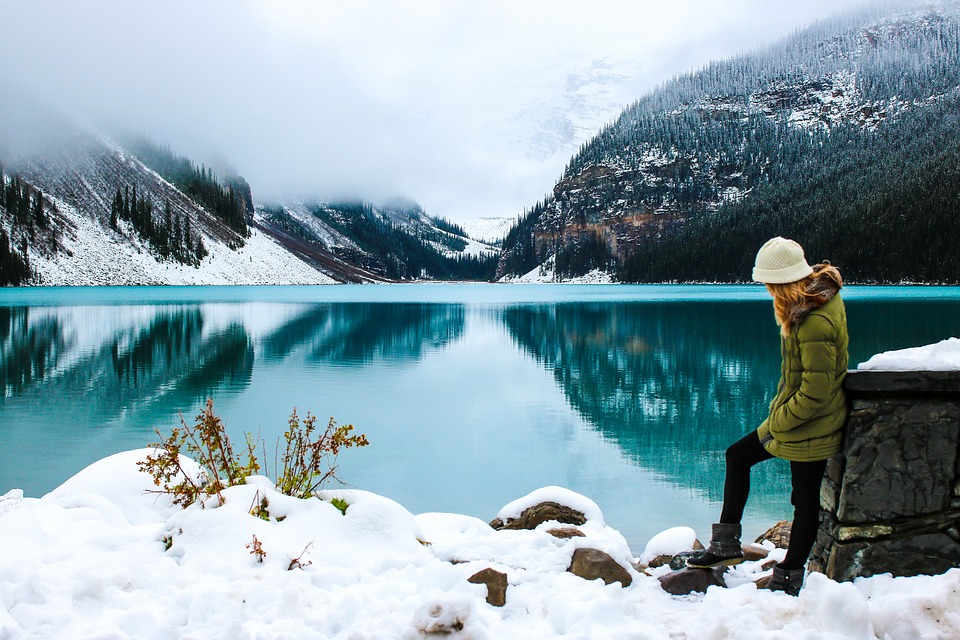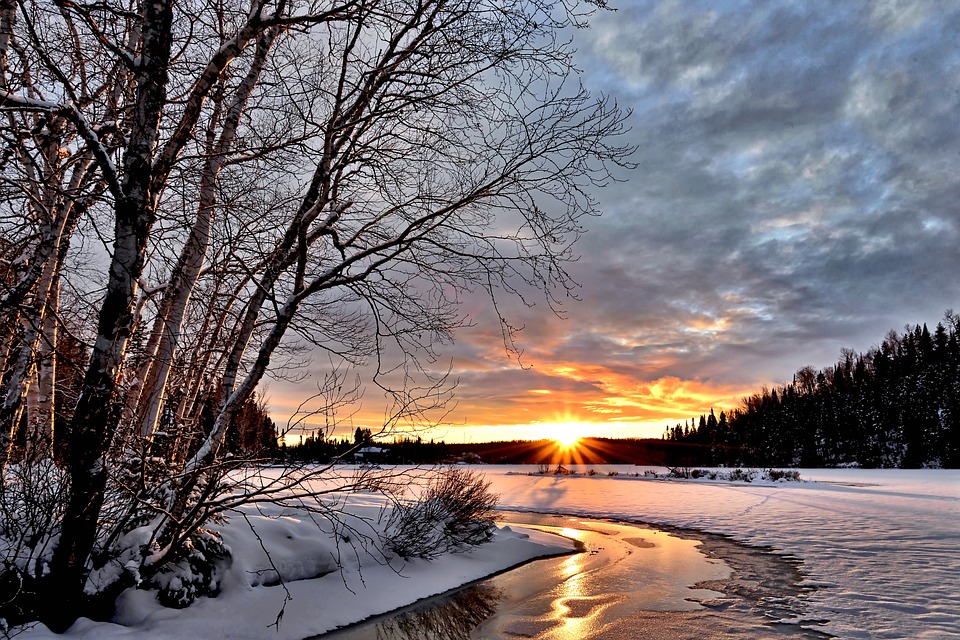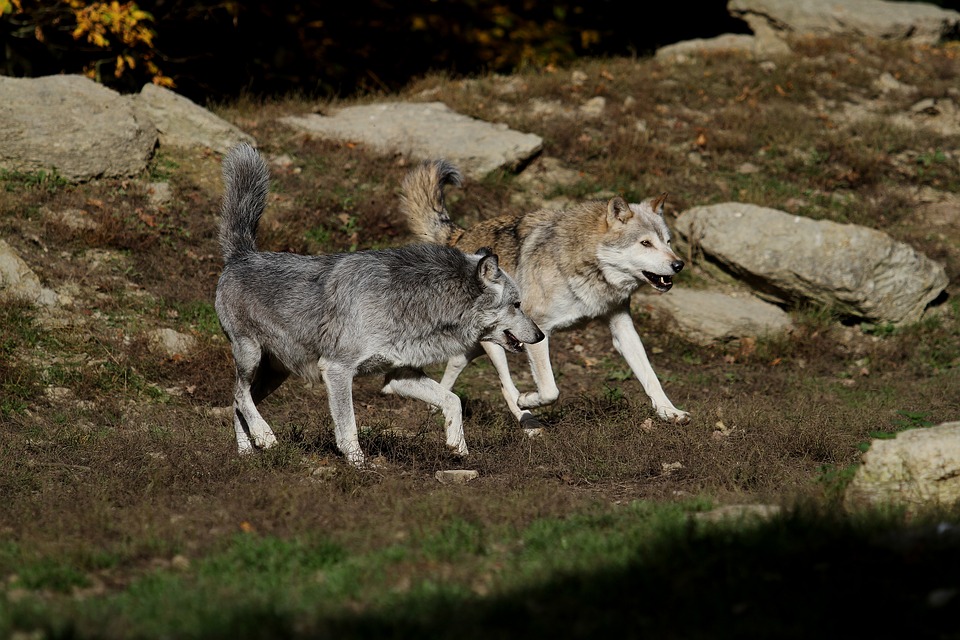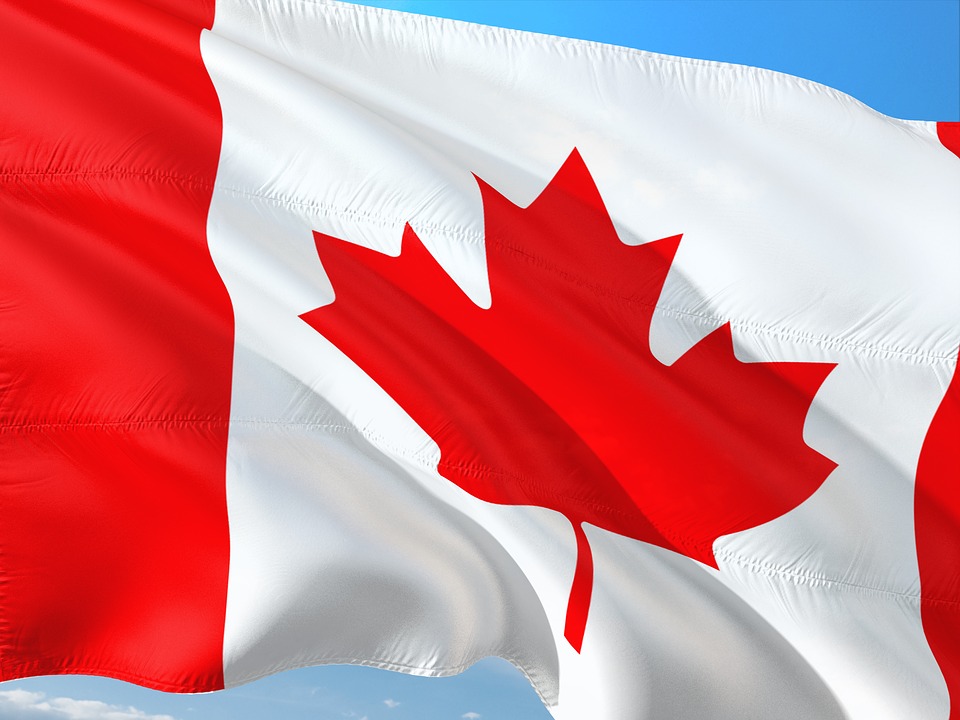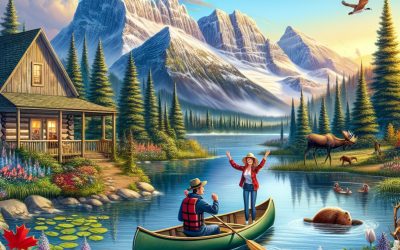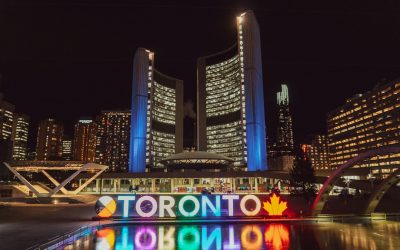Canada

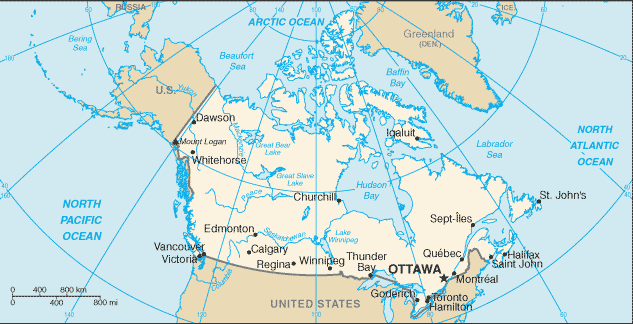
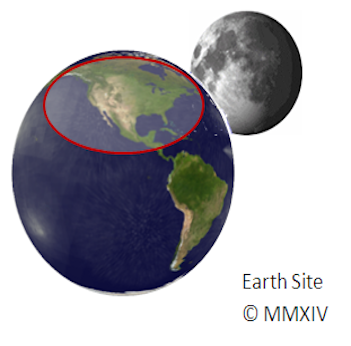

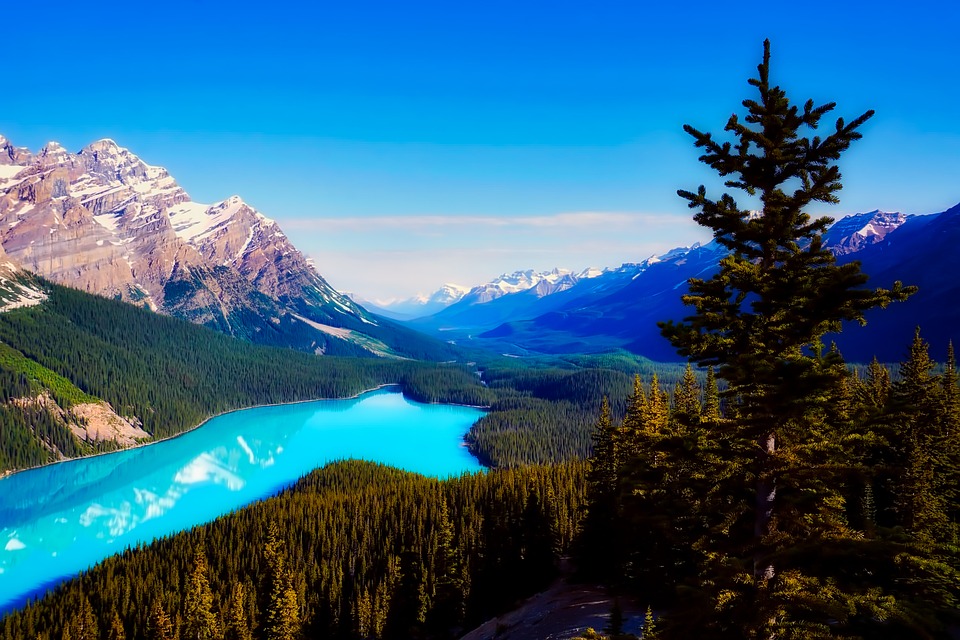
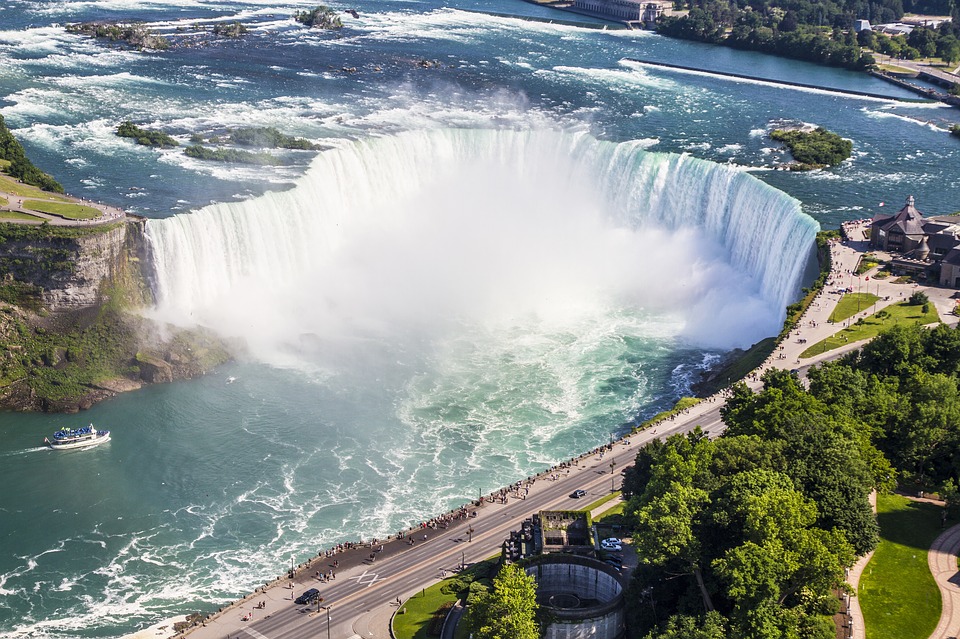

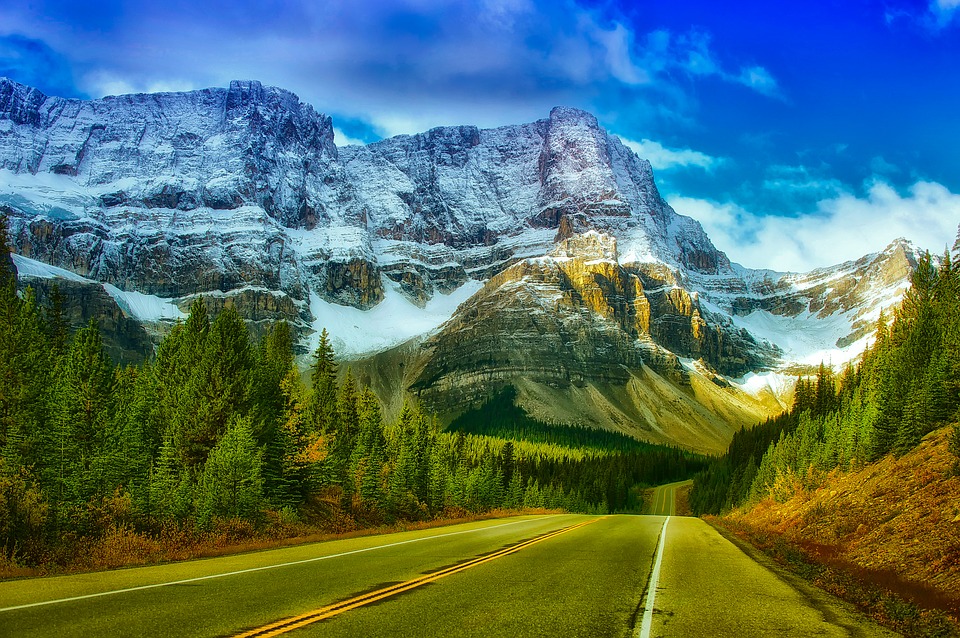
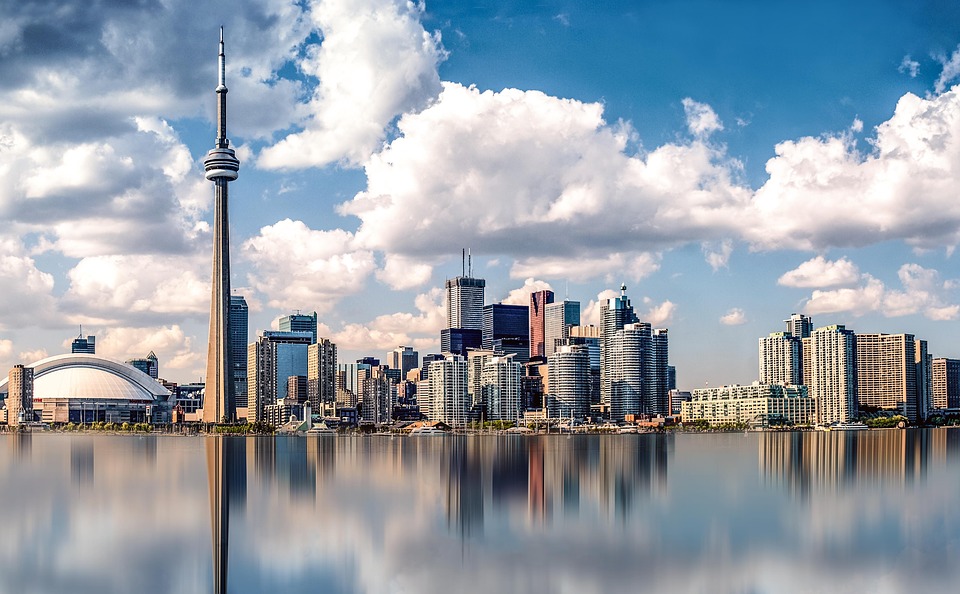
Capital: Ottawa
Population (Estimated July 2012): 34,300,083
Area: 9,984,670 km2 or 3,855,103 mi2
Currency: Canadian Dollar (Can$)
Official Language: English and French
Political Information: Federal Parliamentary Democracy and Constitutional Monarchy
Official Religion: No Official Religion (approximately 42.6% of the population is Roman Catholic, 23.3% are Protestant, 4.4% have other Christian Beliefs, 1.9% are Muslim, 11.8% have other or unspecified religious beliefs and 16% have no religious beliefs)
Highest Mountain: Mount Logan at 5,959m or 19,551ft
GDP Official Exchange Rate (OER is more precise at gauging a countries economic power)
(Estimated 2011): $1.759 trillion (US$) or (GBP)
GDP (OER) Per Capita (per member of the population estimated 2011): (US$) or (GBP)
GDP Purchasing Power Parity (PPP is good for gauging living conditions and use of resources but not as accurate as OER. This data has been calculated based on the sum value of all goods and services produced in the country valued at prices prevailing in the United States)
(Estimated 2011): $1.389 trillion (US$) or (GBP)
GDP (PPP) Per Capita (per member of the population estimated 2011): $40,300 (US$) or (GBP)
Time Zone (GMT/UTC): Between -3:30 to -8:00
Counties/Provinces/States: 10 provinces and 3 territories*; Alberta, British Columbia, Manitoba, New Brunswick, Newfoundland and Labrador, Northwest Territories*, Nova Scotia, Nunavut*, Ontario, Prince Edward Island, Quebec, Saskatchewan, Yukon Territory*
Leaders: H.M. Queen ELIZABETH II (since 6 February 1952); represented by Governor General Julie PAYETTE (since 2 October 2017) with Prime Minister Justin Pierre James TRUDEAU (Liberal Party) (since 4 November 2015)
Sources: CIA World Fact Book, Encyclopaedia Britannica.
Canada
Canada is the second-largest country in the world, spanning over 9.9 million square kilometres. It is located in North America, sharing its southern border with the United States. Canada is known for its diverse geography, which includes vast forests, towering mountains, and beautiful coastlines. The country is divided into ten provinces and three territories, each with its own unique landscapes and attractions.
Canada has a population of approximately 38 million people, making it one of the least densely populated countries in the world. The population is incredibly diverse, with over 200 ethnic origins reported by Canadians. The largest ethnic groups include English, Scottish, Irish, Chinese, and Indian. This diversity is reflected in Canada’s multicultural society and contributes to its vibrant cultural scene.
Canada’s History: From Indigenous Peoples to Colonialism and Independence
Before European colonization, Canada was inhabited by various Indigenous peoples who had lived on the land for thousands of years. These Indigenous peoples had their own distinct cultures, languages, and ways of life. They relied on hunting, fishing, and gathering for their sustenance and had a deep spiritual connection to the land.
European colonization began in the 16th century when explorers from France and England arrived in Canada. This colonization had a significant impact on the Indigenous peoples, as they were forced off their lands and faced violence and disease brought by the Europeans. The fur trade became a major industry in Canada during this time, with European settlers establishing trading posts throughout the country.
In 1867, Canada achieved confederation and became a self-governing dominion within the British Empire. Over time, Canada gained more independence from Britain and eventually became fully independent in 1982 with the patriation of its constitution. Today, Canada is a parliamentary democracy with a constitutional monarchy, with Queen Elizabeth II as its head of state.
Canadian Culture: Art, Music, Literature, and Sports
Canada has a rich and diverse cultural scene, with contributions from artists, musicians, writers, and athletes. Canadian art encompasses a wide range of styles and mediums, from traditional Indigenous art to contemporary works. The Group of Seven, a group of Canadian landscape painters, is particularly renowned for their depictions of the country’s natural beauty.
In the music industry, Canada has produced many internationally acclaimed musicians across various genres. Artists such as Celine Dion, Justin Bieber, Drake, and The Weeknd have achieved global success. Canada is also known for its contributions to classical music, with the Toronto Symphony Orchestra and the Montreal Symphony Orchestra being highly regarded.
Canadian literature has produced many notable authors who have made significant contributions to the literary world. Margaret Atwood, Alice Munro, and Michael Ondaatje are just a few examples of Canadian authors who have received international recognition for their works. Canadian literature often explores themes of identity, multiculturalism, and the country’s unique landscapes.
Sports play a significant role in Canadian culture, with ice hockey being the most popular sport in the country. The National Hockey League (NHL) features several Canadian teams, and the sport is deeply ingrained in Canadian identity. Other popular sports include Canadian football, lacrosse, basketball, and soccer. Canada has produced many successful athletes who have excelled on the world stage.
Canadian Politics: The Federal System, Elections, and Political Parties
Canada operates under a federal system of government, which means power is divided between the federal government and the provinces/territories. The federal government is responsible for national issues such as defence, foreign policy, and trade, while the provinces/territories have jurisdiction over areas such as healthcare and education.
Elections in Canada are held at both the federal and provincial/territorial levels. The voting process is based on a first-past-the-post system, where the candidate with the most votes in each riding wins a seat in the legislative body. The leader of the political party with the most seats becomes the Prime Minister at the federal level or Premier at the provincial/territorial level.
There are several major political parties in Canada, including the Liberal Party, Conservative Party, New Democratic Party (NDP), and Green Party. The Liberal Party and Conservative Party have historically been the two dominant parties, with the NDP and Green Party gaining support in recent years. Each party has its own platform and policies, which they promote during election campaigns.
The Canadian Economy: Industries, Trade, and Employment
Canada has a diverse and robust economy, with various industries contributing to its GDP. Some of the major industries include natural resources (such as oil, gas, and minerals), manufacturing, technology, agriculture, and tourism. Canada is known for its abundance of natural resources and is one of the world’s largest exporters of energy products.
Trade is a vital component of Canada’s economy, with the United States being its largest trading partner. Canada is also a member of several trade agreements, including the North American Free Trade Agreement (NAFTA) and the Comprehensive Economic and Trade Agreement (CETA) with the European Union. These agreements have facilitated increased trade and investment opportunities for Canadian businesses.
The employment rate in Canada is relatively high, with various job opportunities available across different sectors. The country has a strong focus on education and skills training to ensure a skilled workforce. The government also implements policies to support job creation and economic growth.
Canadian Education: The Public School System and Higher Education
Education in Canada is primarily publicly funded and administered by each province/territory. The public school system provides free education from kindergarten to grade 12. The curriculum is standardized across the country but allows for some flexibility at the provincial/territorial level.
Higher education in Canada is highly regarded, with many universities and colleges offering a wide range of programs and degrees. Canadian universities are known for their research and innovation, attracting students from around the world. The country also has a strong focus on vocational and technical education, providing opportunities for practical skills training.
Education funding in Canada comes from a combination of federal, provincial/territorial, and local sources. Scholarships, grants, and loans are available to support students in their educational pursuits. The government also implements policies to ensure the accessibility and affordability of education for all Canadians.
Canadian Healthcare: Universal Coverage and Public Health Initiatives
Canada has a publicly funded healthcare system that provides universal coverage to all residents. The Canada Health Act ensures that essential medical services are accessible to everyone, regardless of their ability to pay. The healthcare system is primarily funded through taxes and administered by each province/territory.
In addition to universal coverage, Canada also has various public health initiatives and programs in place to promote the well-being of its population. These initiatives focus on areas such as disease prevention, health promotion, and emergency preparedness. The government works closely with healthcare professionals and organizations to implement these initiatives.
Healthcare funding in Canada is a topic of ongoing debate, as the system faces challenges such as long wait times for certain procedures and shortages of healthcare professionals in some areas. The government continues to invest in healthcare infrastructure and implement policies to address these issues.
Canadian Cuisine: Traditional and Modern Dishes
Canadian cuisine is influenced by its diverse cultural heritage and the availability of local ingredients. Traditional dishes often reflect the country’s history and include dishes such as poutine (French fries topped with cheese curds and gravy), tourtière (a meat pie), butter tarts, and Nanaimo bars.
In recent years, there has been a resurgence of interest in traditional Canadian cuisine, with chefs putting modern twists on classic dishes. Farm-to-table dining and the use of locally sourced ingredients have also become popular trends in Canadian cuisine. The country’s multiculturalism is also reflected in its food scene, with a wide variety of international cuisines available.
Each region of Canada has its own unique culinary specialities. In the Maritimes, seafood dishes such as lobster rolls and clam chowder are popular. In Quebec, dishes such as poutine and maple syrup-infused desserts are iconic. In the prairie provinces, hearty meat dishes like bison burgers and Alberta beef are common. British Columbia is known for its fresh seafood and fusion cuisine.
Canadian Tourism: Natural Wonders, Cities, and Festivals
Canada is a popular tourist destination, known for its stunning natural landscapes and vibrant cities. The country is home to several natural wonders, including Niagara Falls, Banff National Park, Jasper National Park, and the Rocky Mountains. These attractions offer opportunities for outdoor activities such as hiking, skiing, and wildlife viewing.
Canadian cities also attract tourists with their unique attractions and cultural offerings. Toronto, Canada’s largest city, is known for its diverse neighbourhoods, iconic CN Tower, and vibrant arts scene. Vancouver offers a mix of urban amenities and natural beauty, with Stanley Park and the nearby mountains being major draws. Montreal is renowned for its European charm, historic architecture, and lively festivals.
Throughout the year, Canada hosts numerous festivals and events that showcase its culture and traditions. The Calgary Stampede in Alberta is one of the largest rodeos in the world and celebrates Western heritage. The Montreal Jazz Festival is a renowned music festival that attracts artists from around the world. Winter festivals such as Winterlude in Ottawa and the Quebec Winter Carnival offer opportunities to embrace the Canadian winter.
Canadian Climate: Weather Patterns and Seasons Across the Country
Canada experiences a wide range of weather patterns and seasons due to its vast size and diverse geography. In general, the country has four distinct seasons: spring, summer, fall, and winter. However, the severity and duration of each season vary depending on the region.
In the northern parts of Canada, particularly in the territories, the winters are long and harsh, with temperatures dropping well below freezing. Summers are short but can be relatively warm. In the southern parts of Canada, the climate is more moderate, with milder winters and warmer summers.
Extreme weather events such as blizzards, hurricanes, and heat waves can occur in certain regions of Canada. These events can have a significant impact on communities and infrastructure. The government and local authorities have systems in place to monitor and respond to these events to ensure public safety.
Preparing for Canadian weather conditions involves dressing appropriately for the season and being aware of any weather warnings or advisories. It is also important to take precautions when participating in outdoor activities, such as hiking or skiing, to ensure personal safety.
Canada is a diverse and fascinating country with a rich history, vibrant culture, and strong economy. From its stunning natural landscapes to its bustling cities, there is something for everyone to explore and enjoy in Canada. The country’s multiculturalism is reflected in its art, music, literature, and cuisine. The political system ensures democratic representation at all levels of government, and the healthcare system provides universal coverage to all residents. With its thriving tourism industry and world-class educational institutions, Canada continues to attract visitors and students from around the world. Overall, Canada offers a high quality of life and opportunities for individuals to thrive in various aspects of their lives.
FAQs
What is Canada?
Canada is a country located in North America. It is the second-largest country in the world by land area and has a population of approximately 38 million people.
What is the capital city of Canada?
The capital city of Canada is Ottawa. It is located in the province of Ontario and has a population of approximately 1 million people.
What are the official languages of Canada?
The official languages of Canada are English and French. Both languages have equal status in the federal government and in the courts.
What is the currency of Canada?
The currency of Canada is the Canadian dollar. It is abbreviated as CAD and is divided into 100 cents.
What is the climate like in Canada?
Canada has a diverse climate due to its large size. The northern parts of the country have a polar climate, while the southern parts have a more temperate climate. The country experiences four distinct seasons: winter, spring, summer, and fall.
What are some famous landmarks in Canada?
Some famous landmarks in Canada include the CN Tower in Toronto, Niagara Falls, Banff National Park, and the Parliament Buildings in Ottawa.
What is the population of Canada?
As of 2021, the population of Canada is approximately 38 million people. The country has a relatively low population density, with most of the population concentrated in urban areas.
What is the economy of Canada like?
Canada has a mixed economy that is heavily reliant on natural resources such as oil, gas, and minerals. The country also has a strong manufacturing sector and a growing service sector. Canada is a member of the G7 and is considered to be one of the wealthiest countries in the world.
Political Boundaries of Canada: Provinces, Districts, or Historical Boundaries.
Canada is a vast country with diverse landscapes and a rich history. Understanding its political boundaries is crucial for both Canadians and non-Canadians alike. This article will provide a comprehensive overview of Canada’s political system, including its...
Climate Zones of Canada: Different climate regions Of Canada
Canada is a vast country with diverse geography and climate. Understanding the different climate zones in Canada is crucial for various reasons, including agriculture, wildlife conservation, and human settlements. The country is divided into several climate zones,...
Climate Zones of Canada: Different climate regions Of Canada
Canada is a vast country with a diverse range of climate zones, each with its own unique characteristics and weather patterns. Understanding these climate zones is crucial for various industries and activities, as it helps in planning and decision-making related to...
Natural Resources of Canada: Where Natural Resources are located In Canada
Canada is known for its vast abundance of natural resources, which play a crucial role in the country’s economy and society. From forests and minerals to energy resources and water, Canada is rich in a wide variety of natural assets. These resources have been a...
Cultural or Historical Sites of Canada: Important Cultural Landmarks or Historical Sites In Canada
Canada is a country with a rich cultural history that spans thousands of years. From the Indigenous peoples who have inhabited the land for centuries, to the French and British settlers who arrived in the 17th and 18th centuries, to the diverse immigrant communities...
History of Canada
Canada, the second-largest country in the world, has a rich and diverse history that spans thousands of years. From the early Indigenous peoples who inhabited the land to the arrival of European explorers and colonizers, Canada’s history is a tapestry of...
Terrain and Topography of Canada: mountains, valleys, and plains.
Canada is a country known for its vast and diverse terrain. From majestic mountain ranges to flat grasslands, Canada’s topography is as varied as it is beautiful. Understanding the geography of Canada is important for a number of reasons, including its impact on...
Population Density of Canada
Canada is the second-largest country in the world by land area, but it has a relatively small population compared to its size. The population density of Canada is the number of people per unit of land area, and it is an important factor to consider when analyzing the...
Exploring the Beauty of Canada: A Journey through the Land of Maple Leaves
Canada, the second-largest country in the world, is known for its stunning natural landscapes, vibrant cities, and rich cultural heritage. Located in North America, Canada is bordered by the Atlantic Ocean to the east, the Pacific Ocean to the west, and the Arctic...
